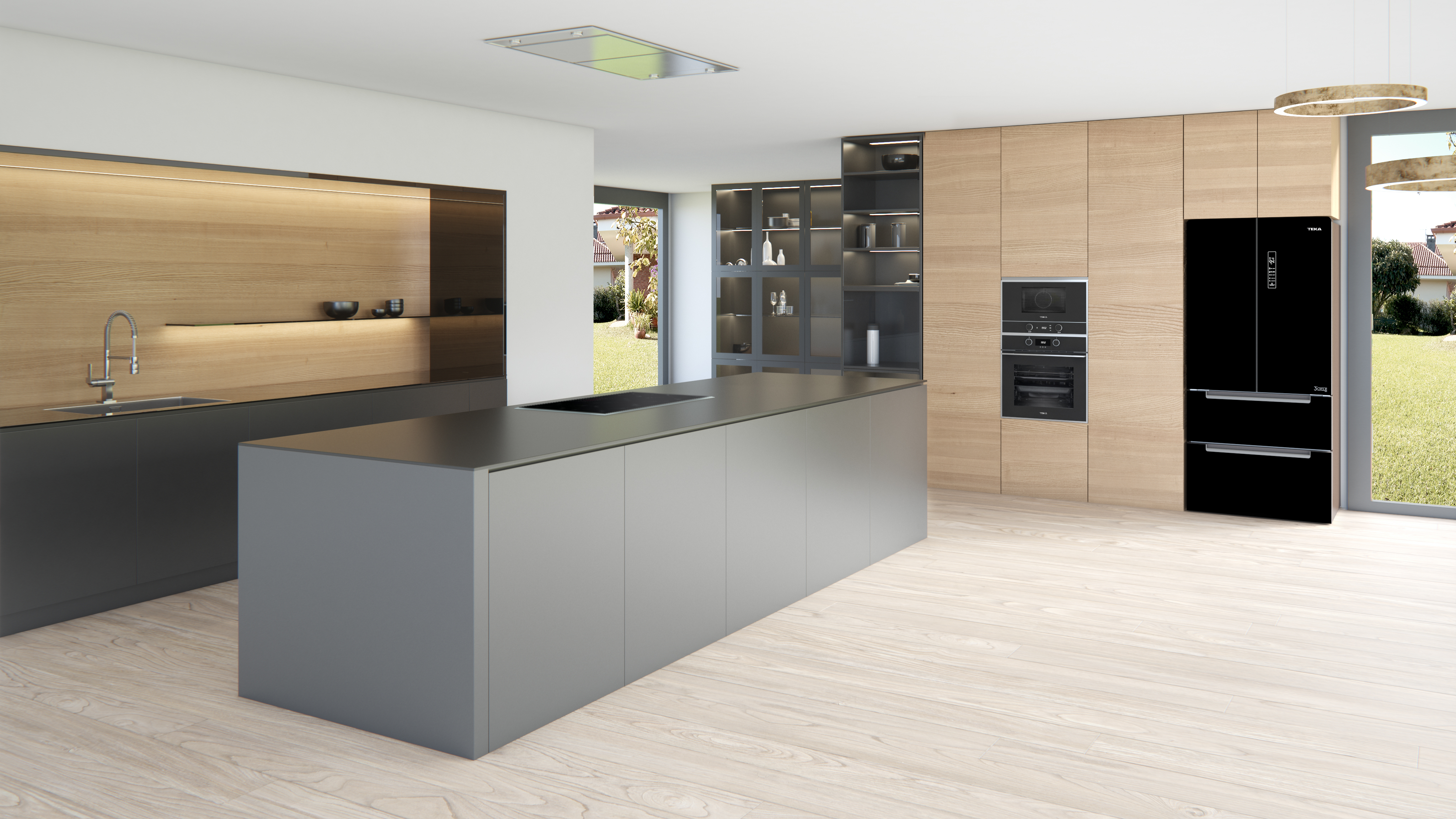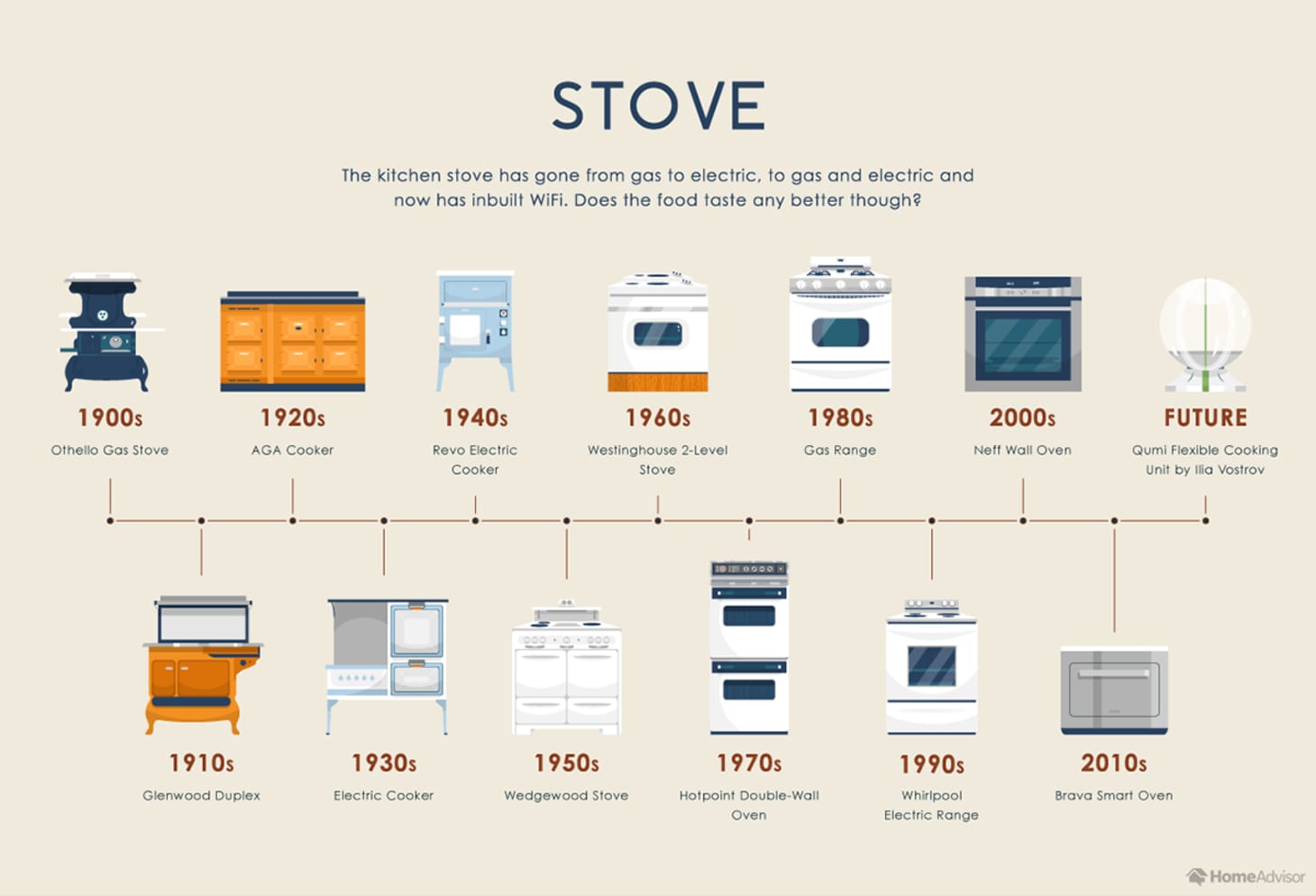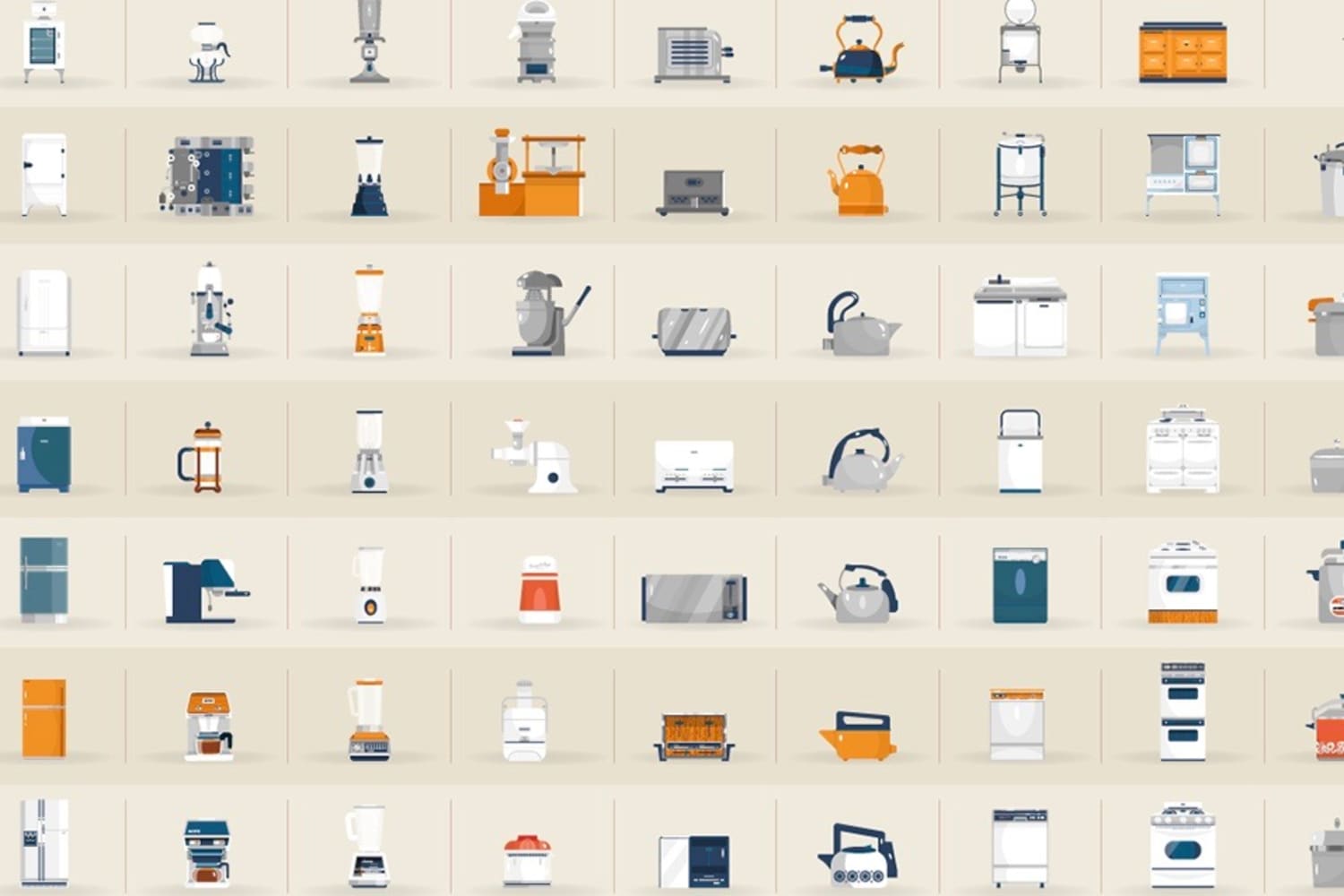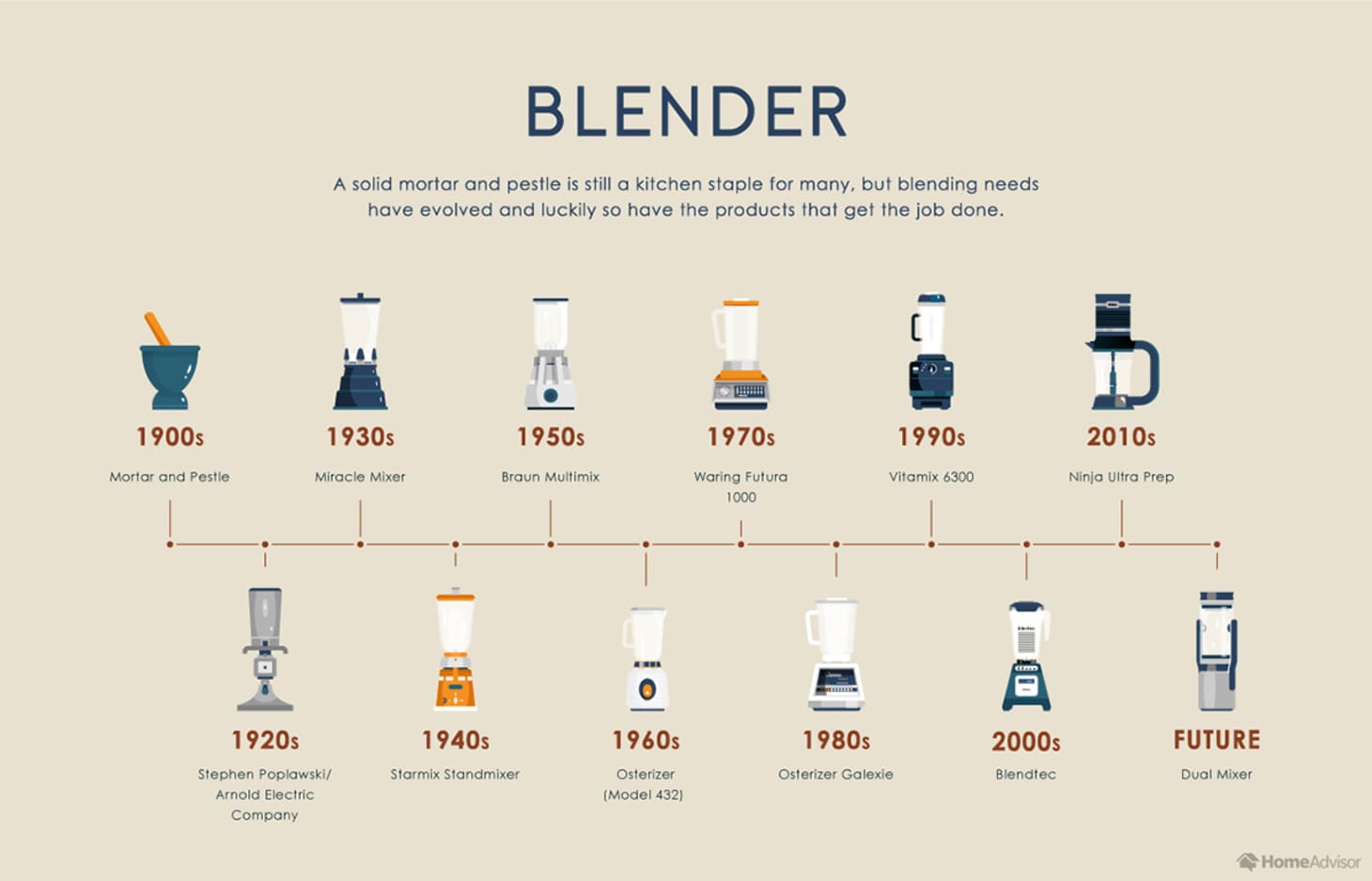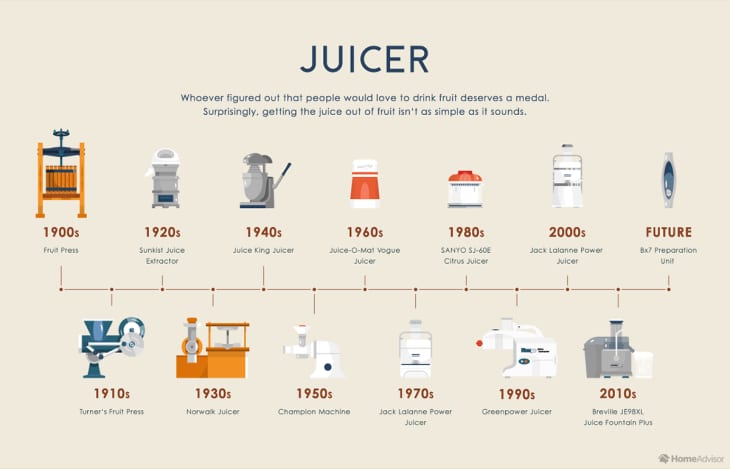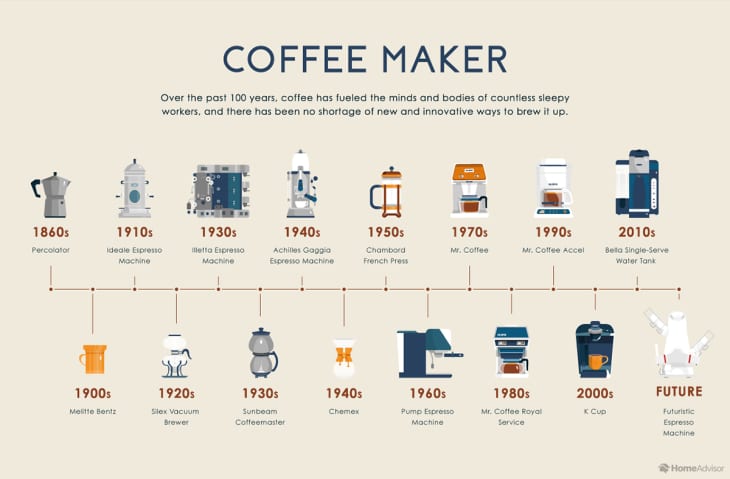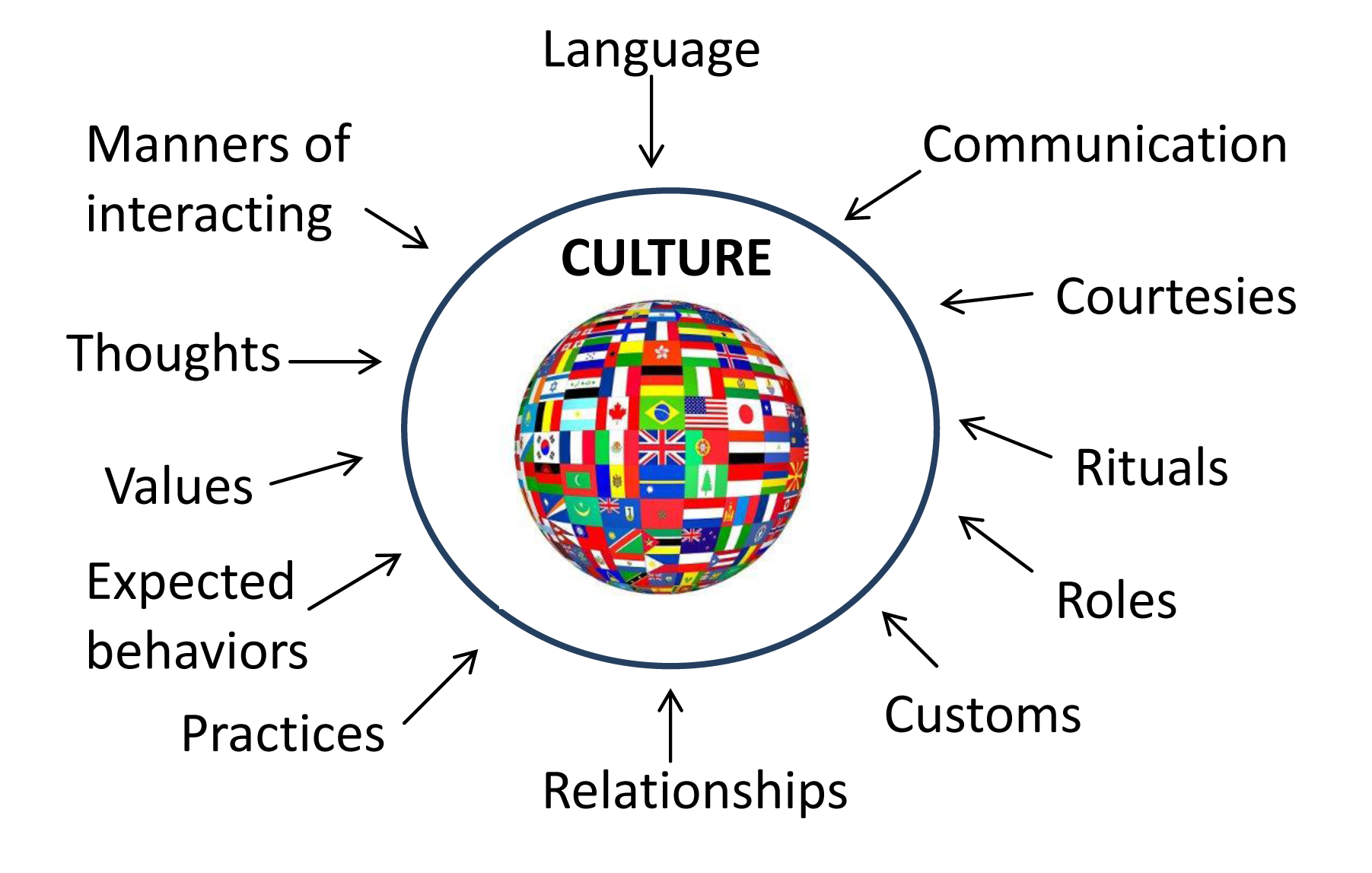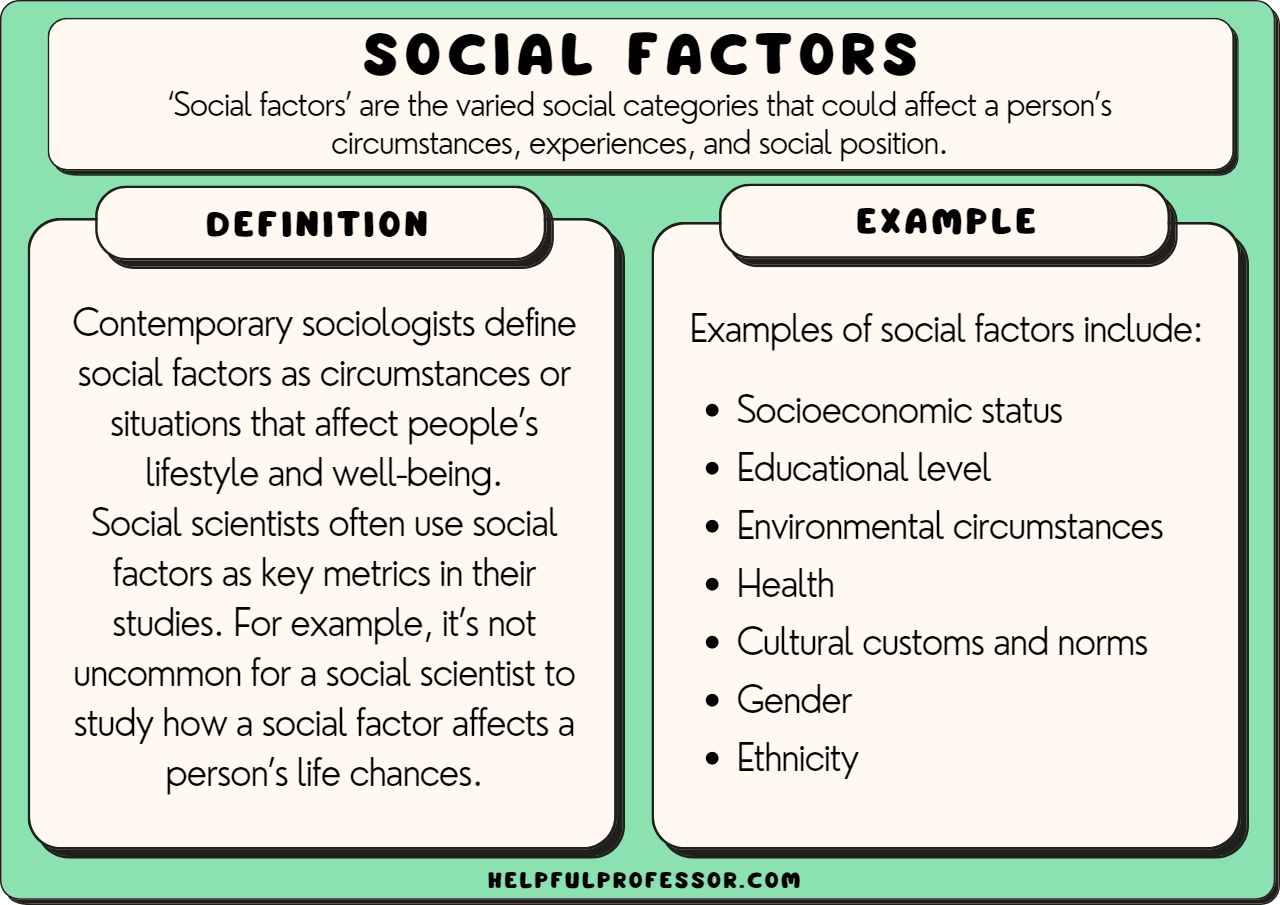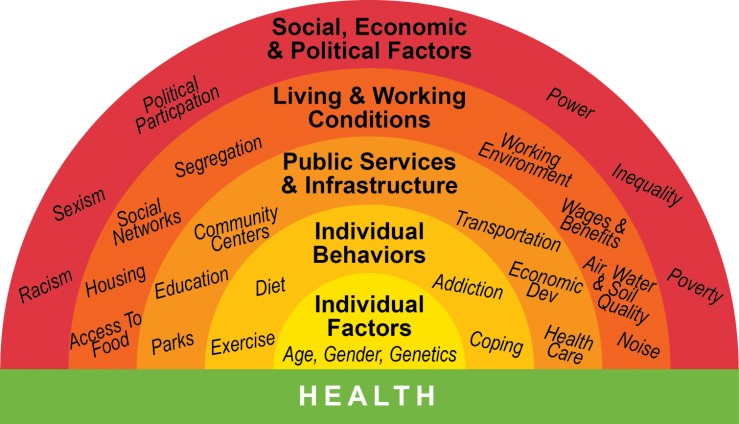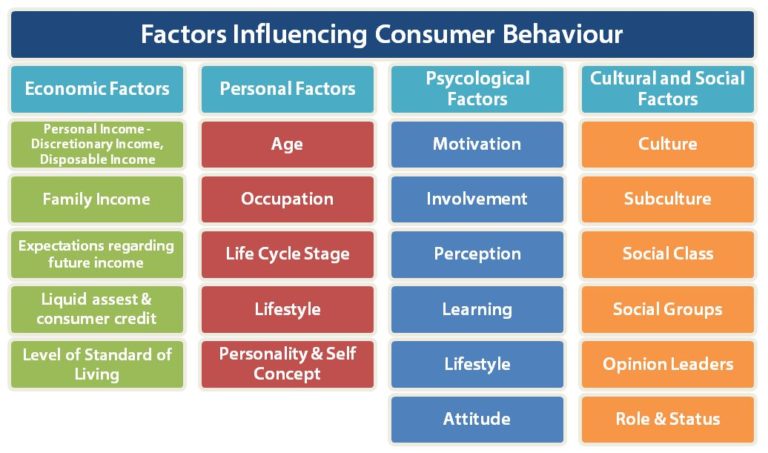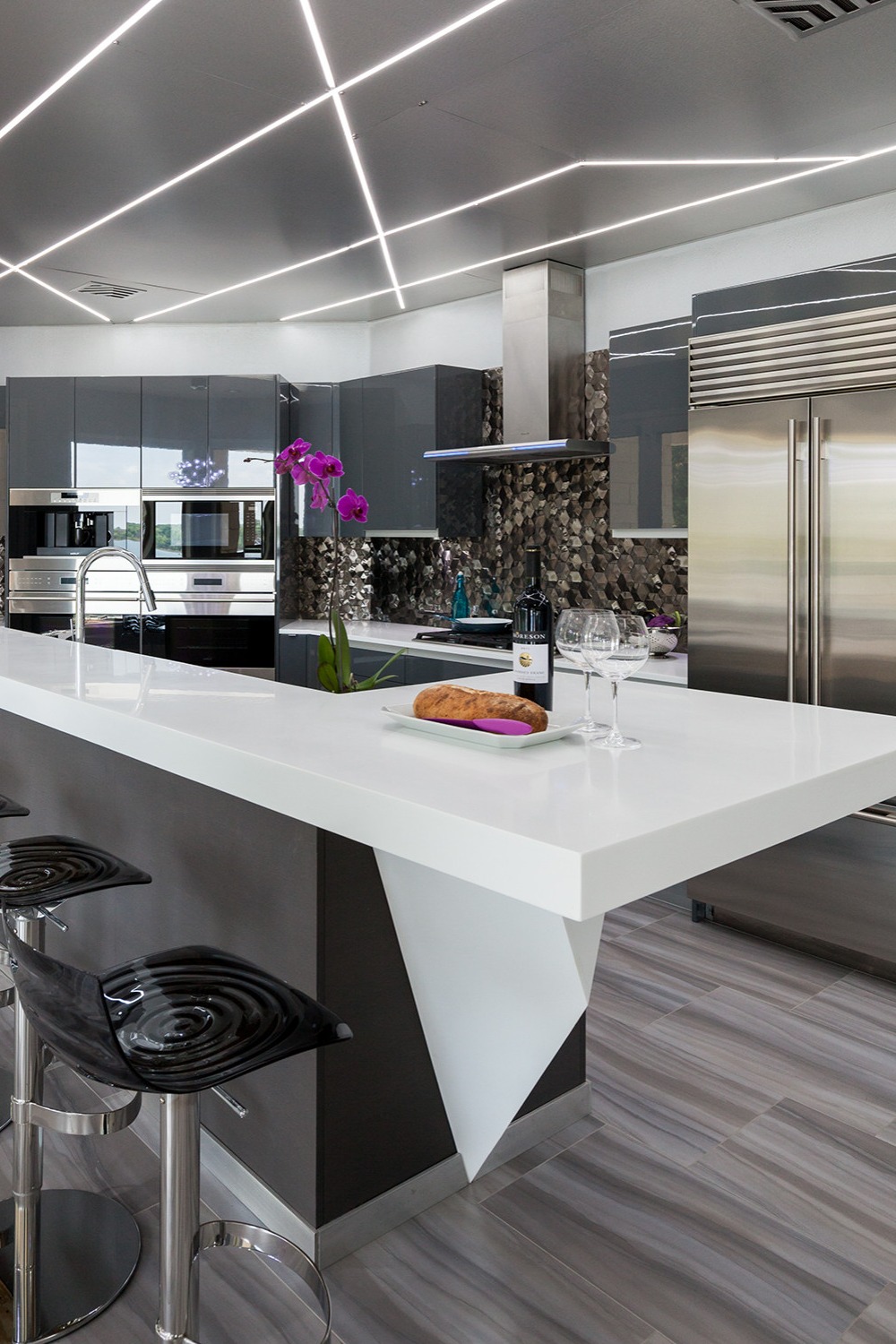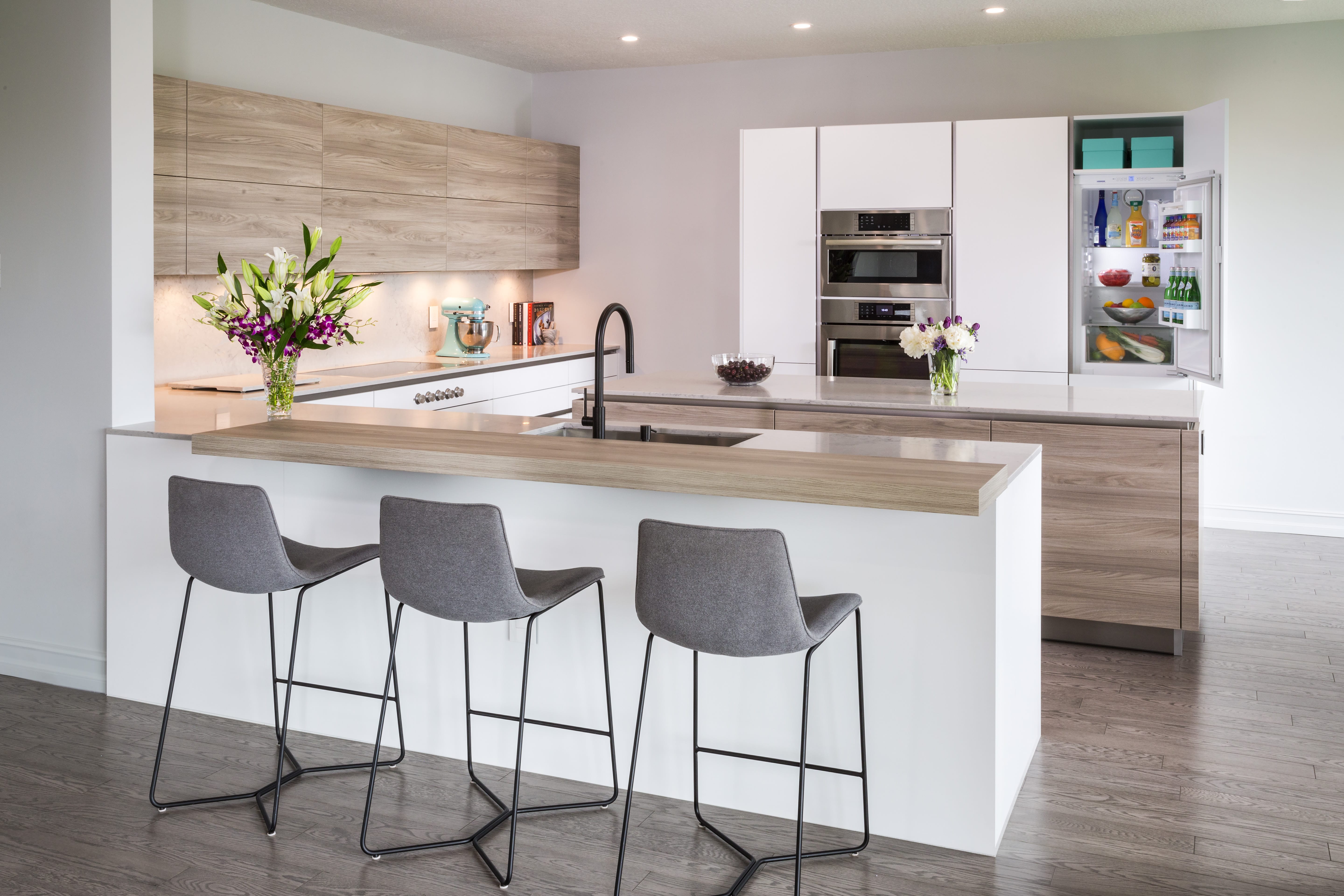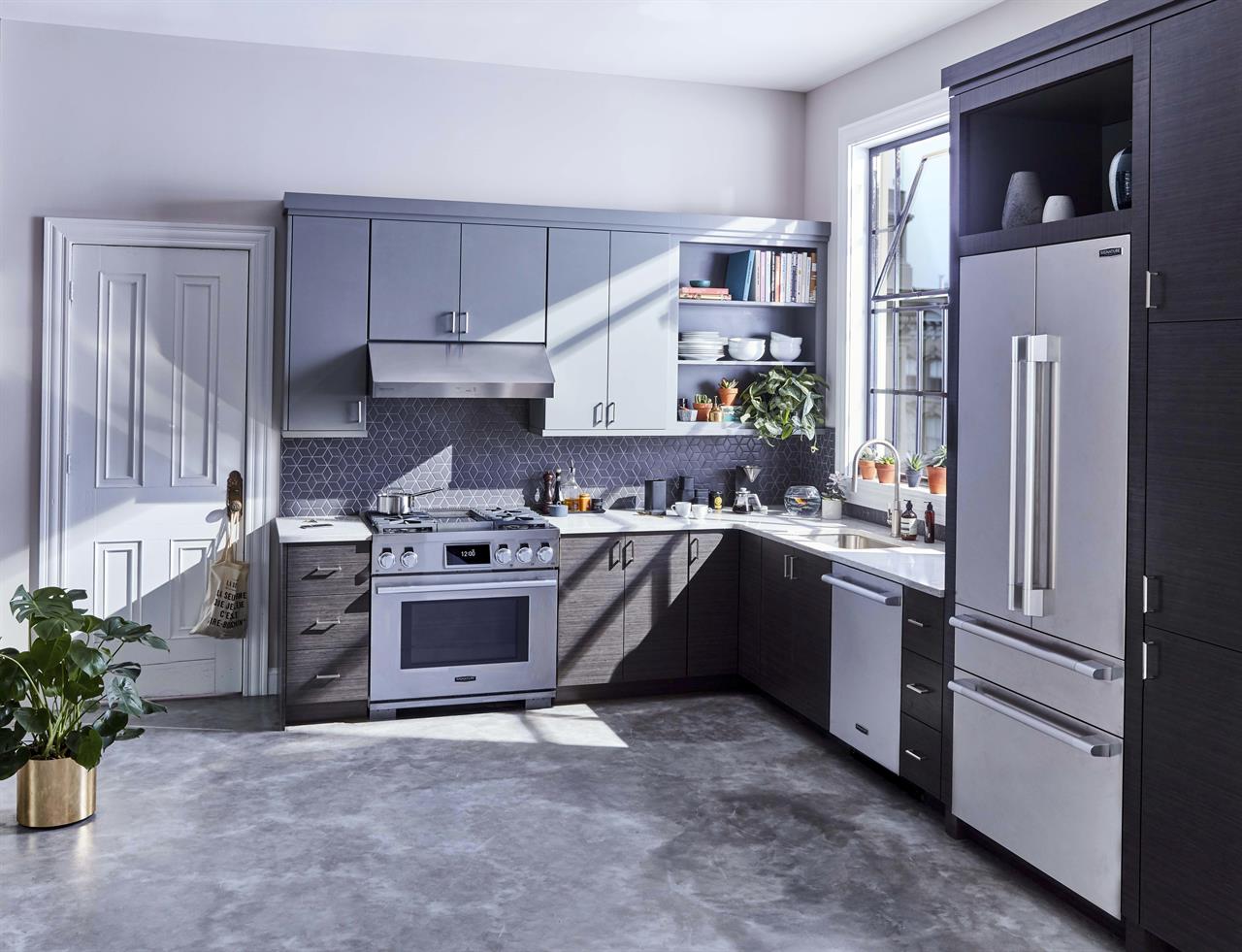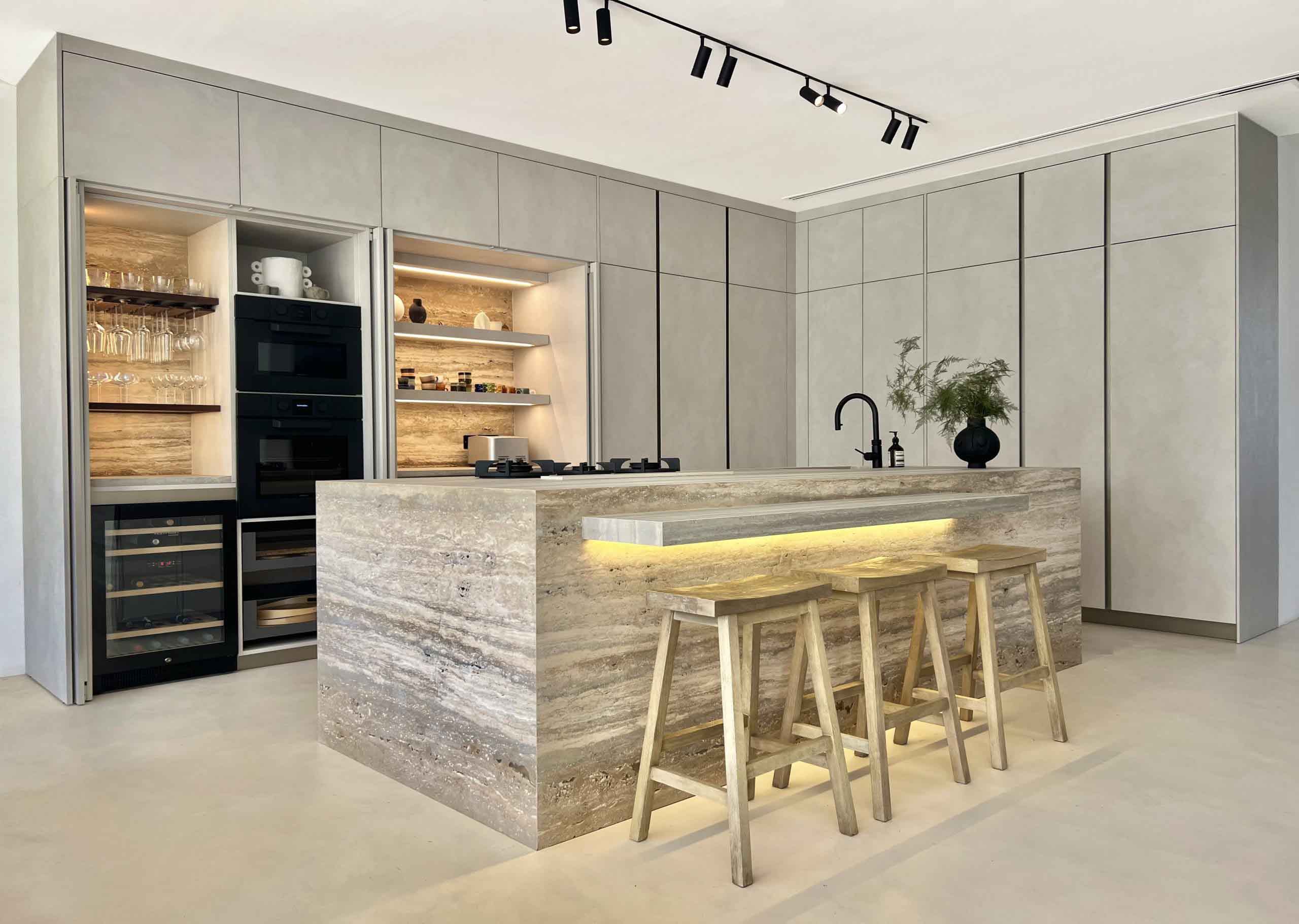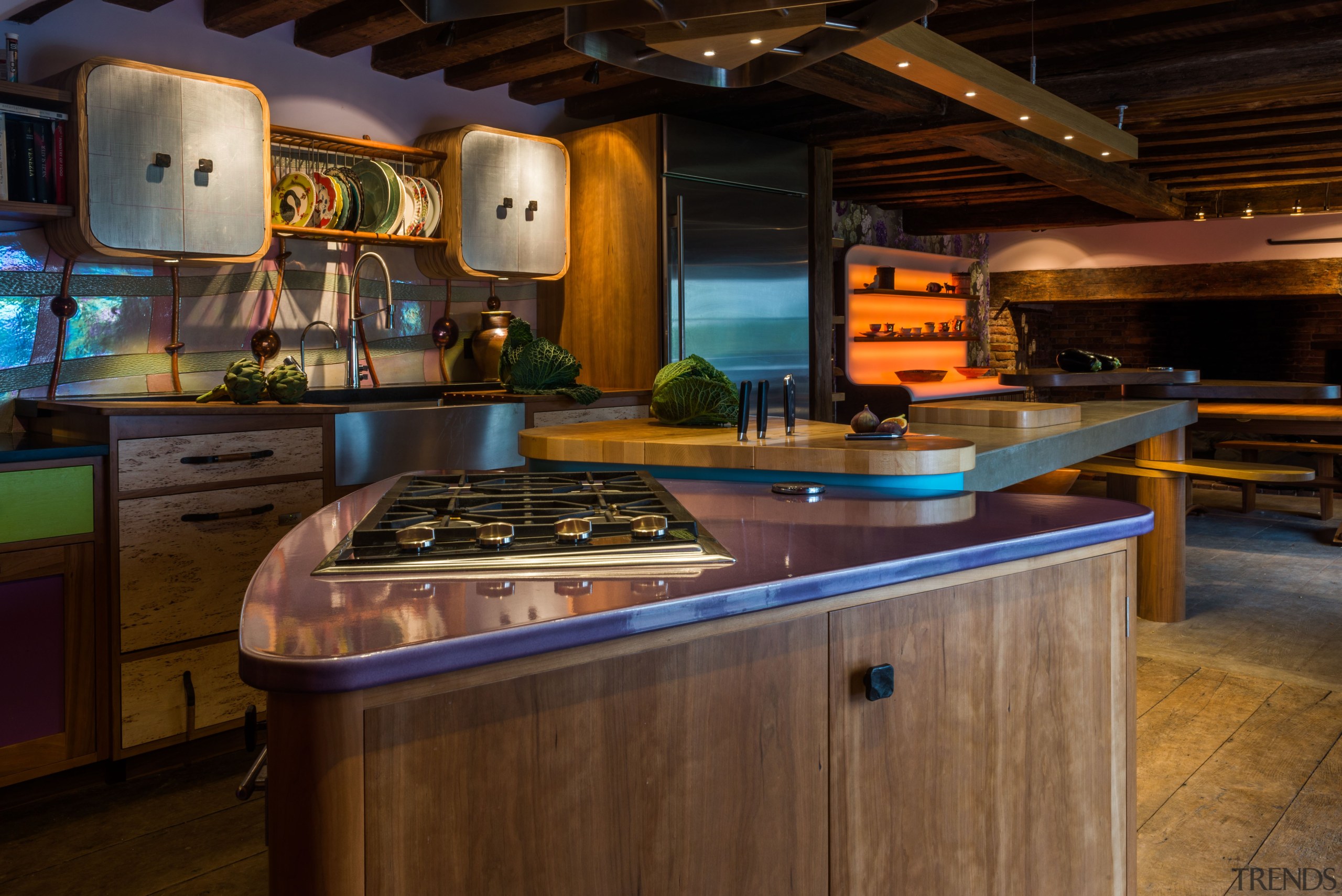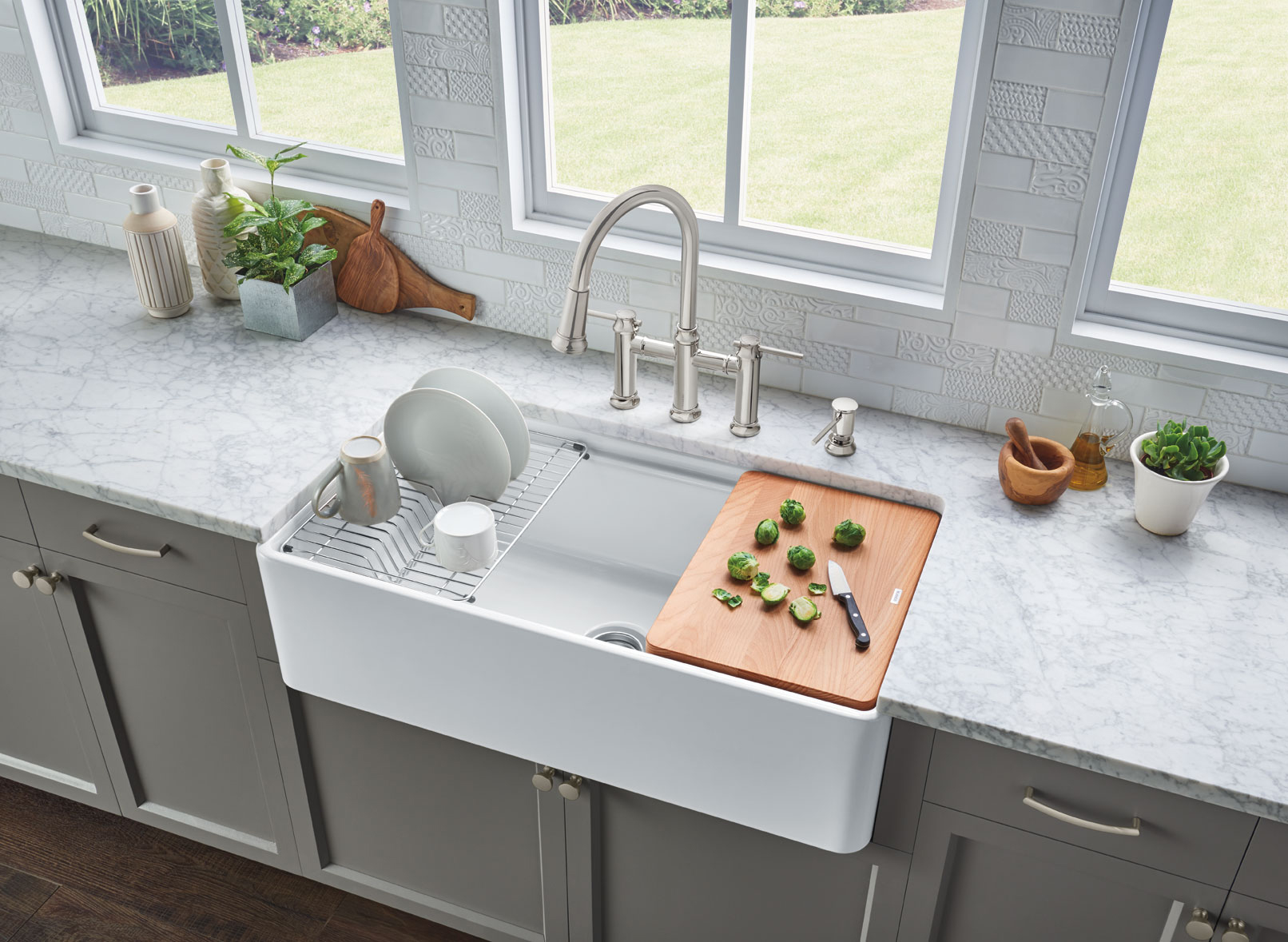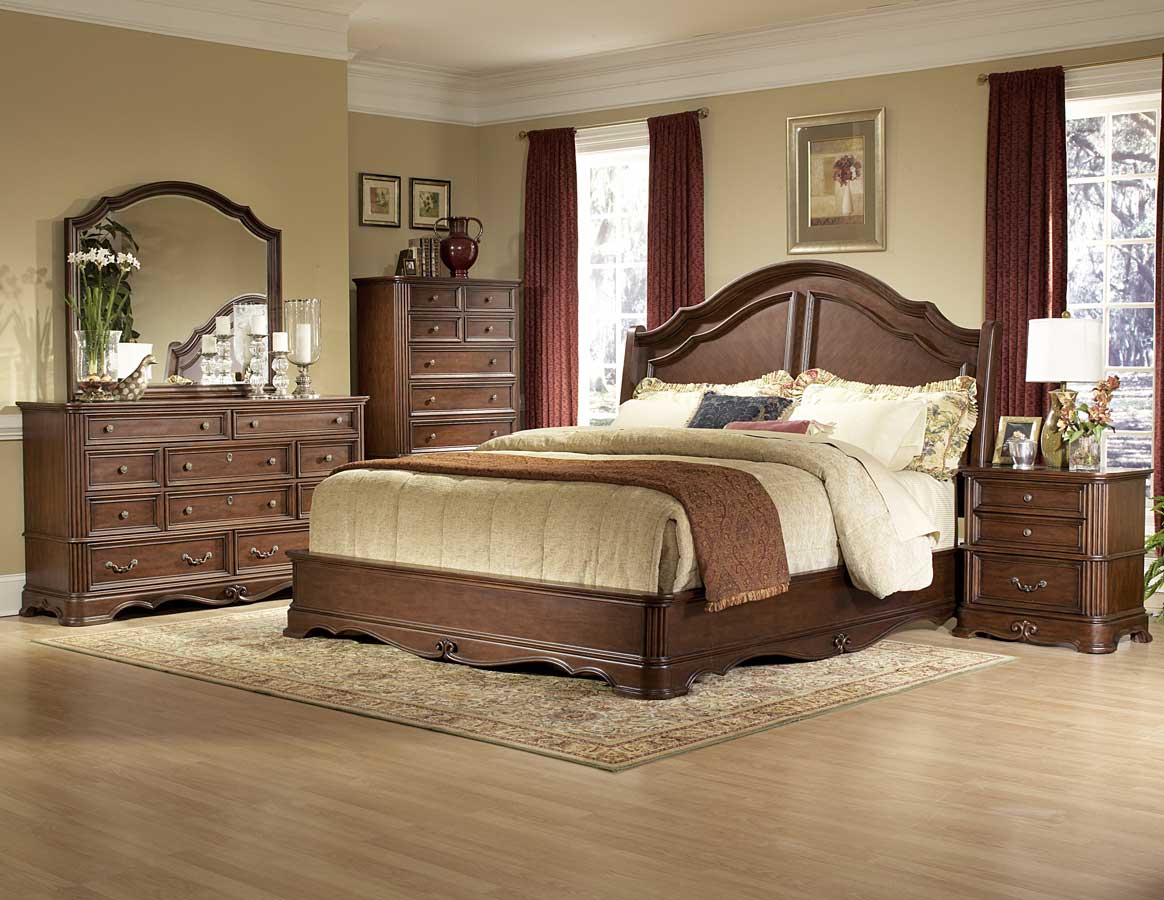The history of kitchen design is a long and fascinating one, filled with innovation, cultural influences, and technological advancements. From the simple hearths of ancient civilizations to the sleek and modern kitchens of today, the evolution of kitchen design has been shaped by a variety of factors. Let's take a journey through time and explore the top 10 main aspects of the history of kitchen design.Evolution of Kitchen Design
The earliest known kitchens date back to ancient civilizations such as the Egyptians and Romans, who used simple fire pits for cooking. These primitive kitchens were often separate from the main living space and were primarily used for practical purposes. Over time, kitchens began to evolve and incorporate more elements such as stoves, ovens, and basic kitchen tools.History of Kitchen Design: From Ancient Times to Modern Day
As technology advanced, so did kitchen design. In the 19th century, the invention of gas stoves revolutionized cooking and paved the way for more modern kitchen layouts. The 20th century saw the introduction of electrical appliances such as refrigerators, blenders, and microwaves, which greatly impacted the functionality and design of kitchens.The Influence of Technology on Kitchen Design
Throughout history, women have played a significant role in shaping kitchen design. In the past, kitchens were primarily seen as a woman's domain, and their needs and preferences heavily influenced the layout and design of the space. However, as gender roles and societal norms have shifted, so has the design of kitchens, becoming more inclusive and functional for all individuals.The Role of Women in Shaping Kitchen Design
Kitchen design has been heavily influenced by trends and styles throughout the years. From the classic and ornate designs of the Victorian era to the sleek and minimalistic styles of the 21st century, kitchens have evolved to reflect the tastes and preferences of each era. Today, we see a mix of modern and traditional elements in kitchen design, creating a unique and personalized space.Kitchen Design Trends Throughout the Decades
The Industrial Revolution had a significant impact on kitchen design, bringing about mass production of household appliances and standardized kitchen layouts. This allowed for more efficient and practical kitchens, making cooking and cleaning easier for the average household. However, it also led to a loss of individuality and creativity in kitchen design.The Impact of Industrialization on Kitchen Design
In recent years, open concept kitchen design has become increasingly popular. This layout removes walls and barriers, creating a more fluid and connected space between the kitchen and other living areas. Open concept kitchens are a reflection of the changing lifestyles and social dynamics of modern society and have become a staple in modern home design.The Rise of Open Concept Kitchen Design
Kitchen appliances have come a long way since the days of the simple fire pit. From the invention of the refrigerator in the 1800s to the latest smart appliances controlled by our phones, kitchen appliances have greatly impacted the functionality and design of kitchens. Today, we see a trend towards sleek and integrated appliances, creating a seamless and cohesive look in the kitchen.The Evolution of Kitchen Appliances
Just as cuisine varies across different cultures and regions, so does kitchen design. The layout, materials, and colors used in a kitchen can be heavily influenced by the culture and environment in which it is located. For example, Mediterranean kitchens often feature warm and earthy tones, while Scandinavian kitchens tend to be more minimalistic and bright.The Influence of Cultural and Regional Factors on Kitchen Design
As we look towards the future, we can expect to see even more technological advancements and innovative designs in kitchen design. Smart appliances, eco-friendly materials, and multi-functional spaces are just a few of the trends predicted for the future of kitchen design. With a focus on sustainability and efficiency, kitchens will continue to evolve and adapt to the changing needs of society.The Future of Kitchen Design: Predictions and Innovations
The Evolution of Kitchen Design
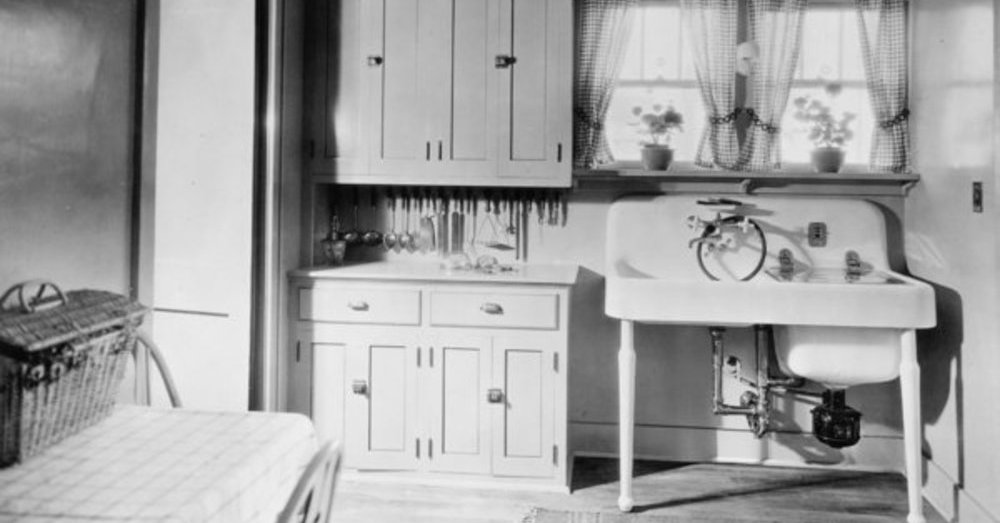
The Industrial Revolution and the Rise of Modern Kitchens
 During the Industrial Revolution in the late 18th and early 19th centuries, the kitchen went through a major transformation. With the invention of new technologies and the rise of mass production, the kitchen became more efficient and functional. This era saw the introduction of
gas and electric stoves
, which replaced traditional wood-burning stoves. This allowed for more precise cooking and easier maintenance. The
refrigerator
also made its debut during this time, revolutionizing the way food was stored and preserved. These advancements in kitchen technology paved the way for a more streamlined and modern kitchen design.
During the Industrial Revolution in the late 18th and early 19th centuries, the kitchen went through a major transformation. With the invention of new technologies and the rise of mass production, the kitchen became more efficient and functional. This era saw the introduction of
gas and electric stoves
, which replaced traditional wood-burning stoves. This allowed for more precise cooking and easier maintenance. The
refrigerator
also made its debut during this time, revolutionizing the way food was stored and preserved. These advancements in kitchen technology paved the way for a more streamlined and modern kitchen design.
The Influence of Art and Design Movements
 In the early 20th century,
art and design movements
such as Art Nouveau, Art Deco, and Bauhaus had a major impact on kitchen design. These movements emphasized simplicity, functionality, and clean lines, which translated into kitchen design. Kitchens became more organized and clutter-free, with built-in cabinets and storage solutions. The use of
bold colors and geometric patterns
also became popular, adding a touch of style to the kitchen.
In the early 20th century,
art and design movements
such as Art Nouveau, Art Deco, and Bauhaus had a major impact on kitchen design. These movements emphasized simplicity, functionality, and clean lines, which translated into kitchen design. Kitchens became more organized and clutter-free, with built-in cabinets and storage solutions. The use of
bold colors and geometric patterns
also became popular, adding a touch of style to the kitchen.
The Rise of Open Concept Living
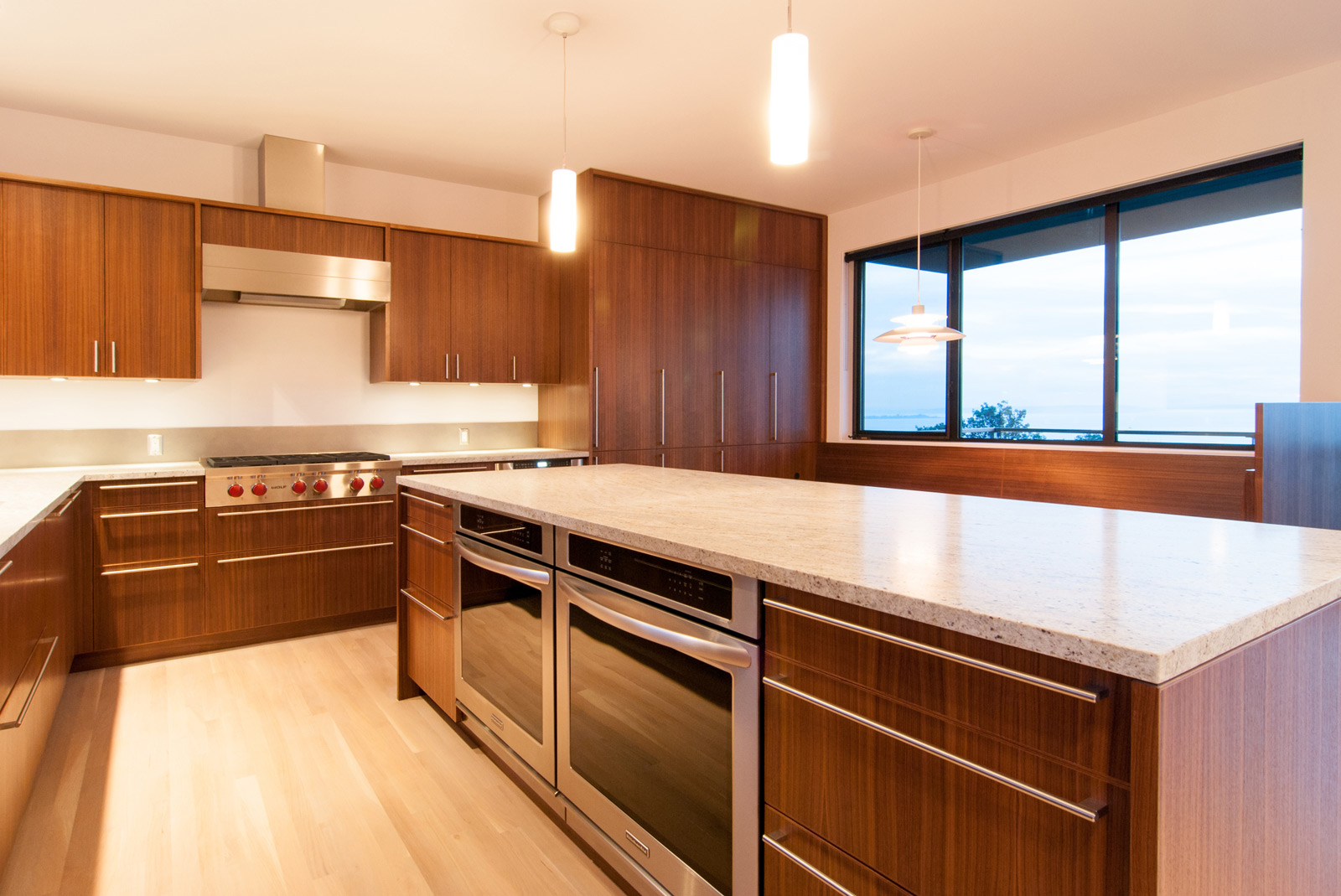 In the 1950s and 1960s, there was a shift towards
open concept living
, where the kitchen became integrated with the rest of the living space. This allowed for a more social and communal atmosphere, as well as maximizing space in smaller homes. The introduction of
kitchen islands and breakfast bars
also became popular, providing additional workspace and seating.
In the 1950s and 1960s, there was a shift towards
open concept living
, where the kitchen became integrated with the rest of the living space. This allowed for a more social and communal atmosphere, as well as maximizing space in smaller homes. The introduction of
kitchen islands and breakfast bars
also became popular, providing additional workspace and seating.
The Modern Kitchen: A Marriage of Style and Function
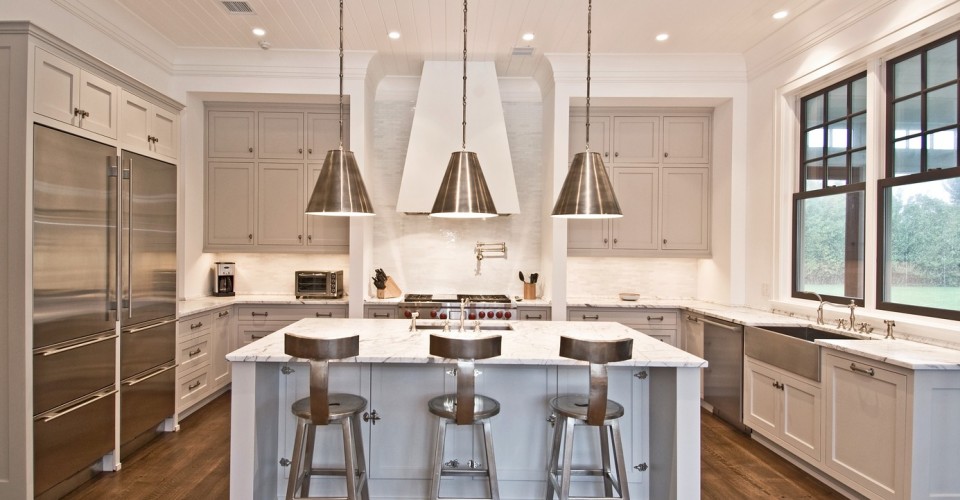 Today, the kitchen is not just a functional space but also a reflection of personal style and taste. Modern kitchen designs incorporate
high-quality materials
such as granite, marble, and stainless steel, as well as the latest technology in appliances. The emphasis is on creating a sleek, minimalist look while still maintaining functionality. The
use of natural light and eco-friendly materials
has also become a top priority in modern kitchen design, creating a more sustainable and environmentally friendly space.
In conclusion, the history of kitchen design has been shaped by various factors such as technology, art and design movements, and changing lifestyles. From a simple cooking space to a central hub for socializing and entertaining, the modern kitchen has come a long way. With advancements in technology and a focus on creating a balance between style and function, the kitchen will continue to evolve and adapt to the needs and preferences of homeowners.
Today, the kitchen is not just a functional space but also a reflection of personal style and taste. Modern kitchen designs incorporate
high-quality materials
such as granite, marble, and stainless steel, as well as the latest technology in appliances. The emphasis is on creating a sleek, minimalist look while still maintaining functionality. The
use of natural light and eco-friendly materials
has also become a top priority in modern kitchen design, creating a more sustainable and environmentally friendly space.
In conclusion, the history of kitchen design has been shaped by various factors such as technology, art and design movements, and changing lifestyles. From a simple cooking space to a central hub for socializing and entertaining, the modern kitchen has come a long way. With advancements in technology and a focus on creating a balance between style and function, the kitchen will continue to evolve and adapt to the needs and preferences of homeowners.




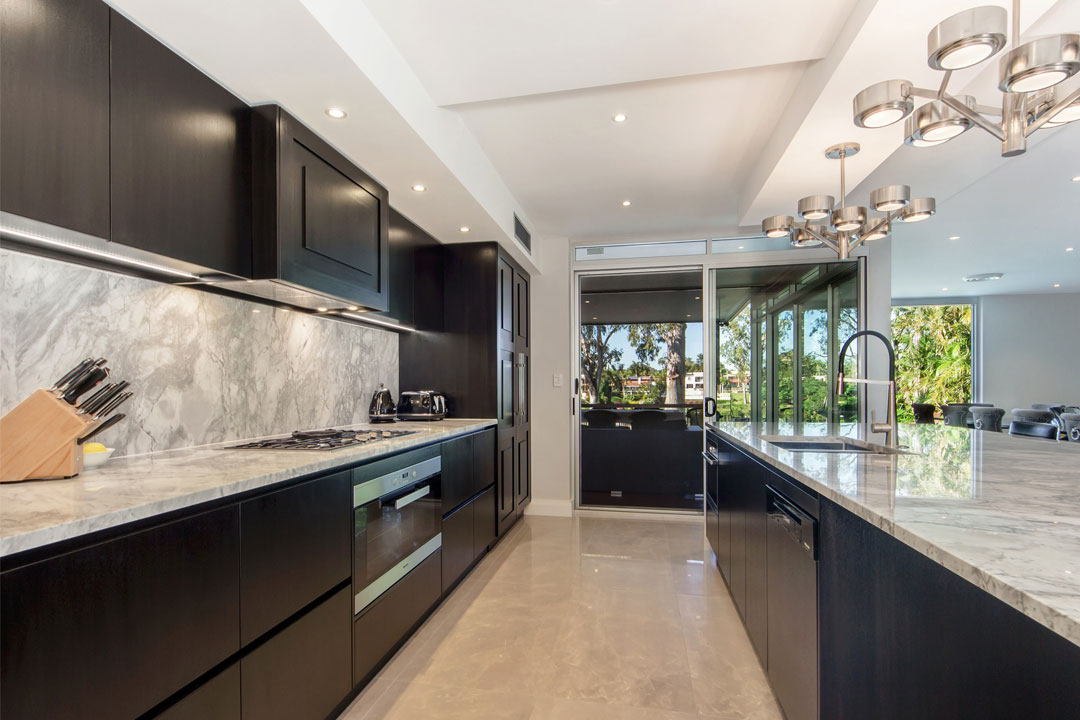
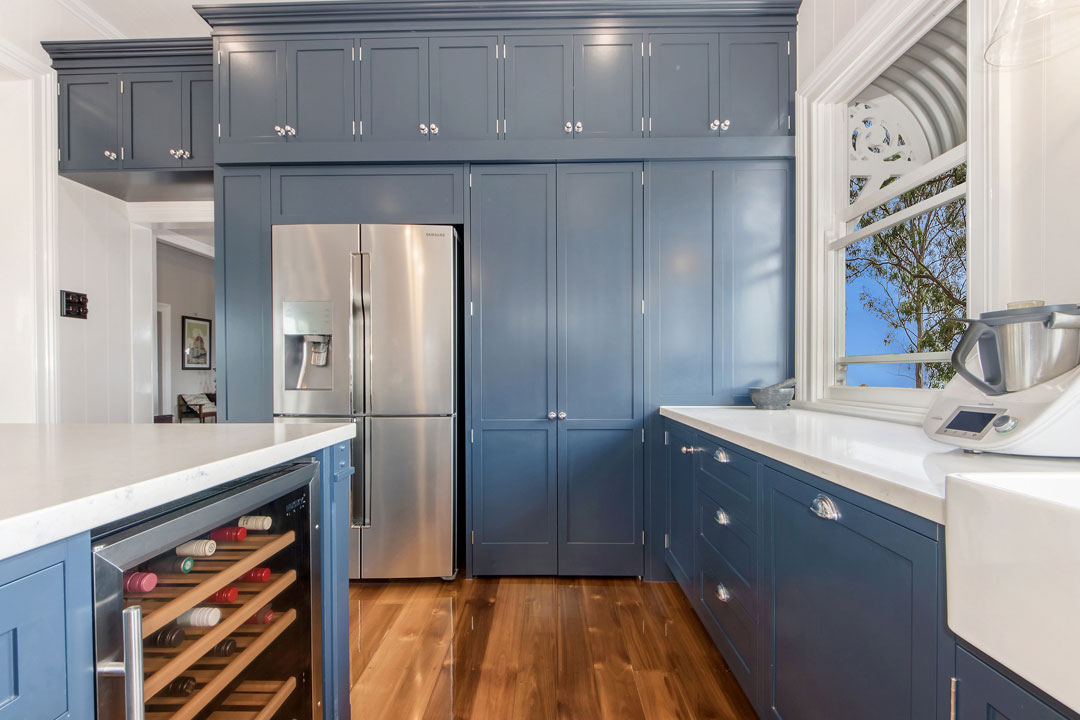
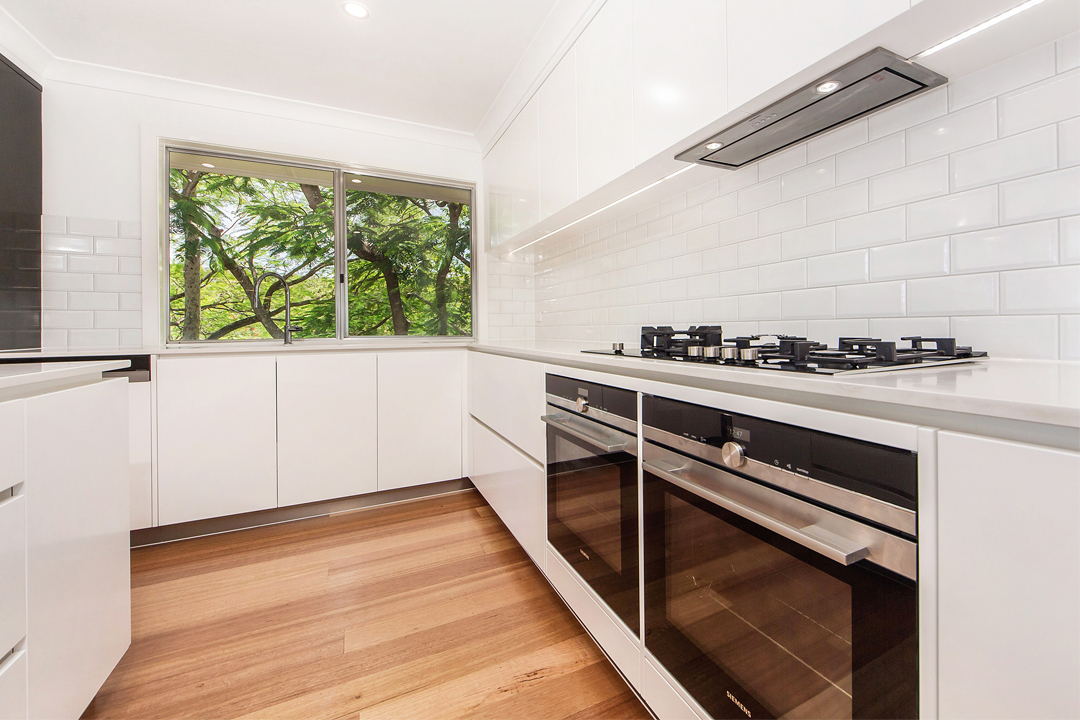









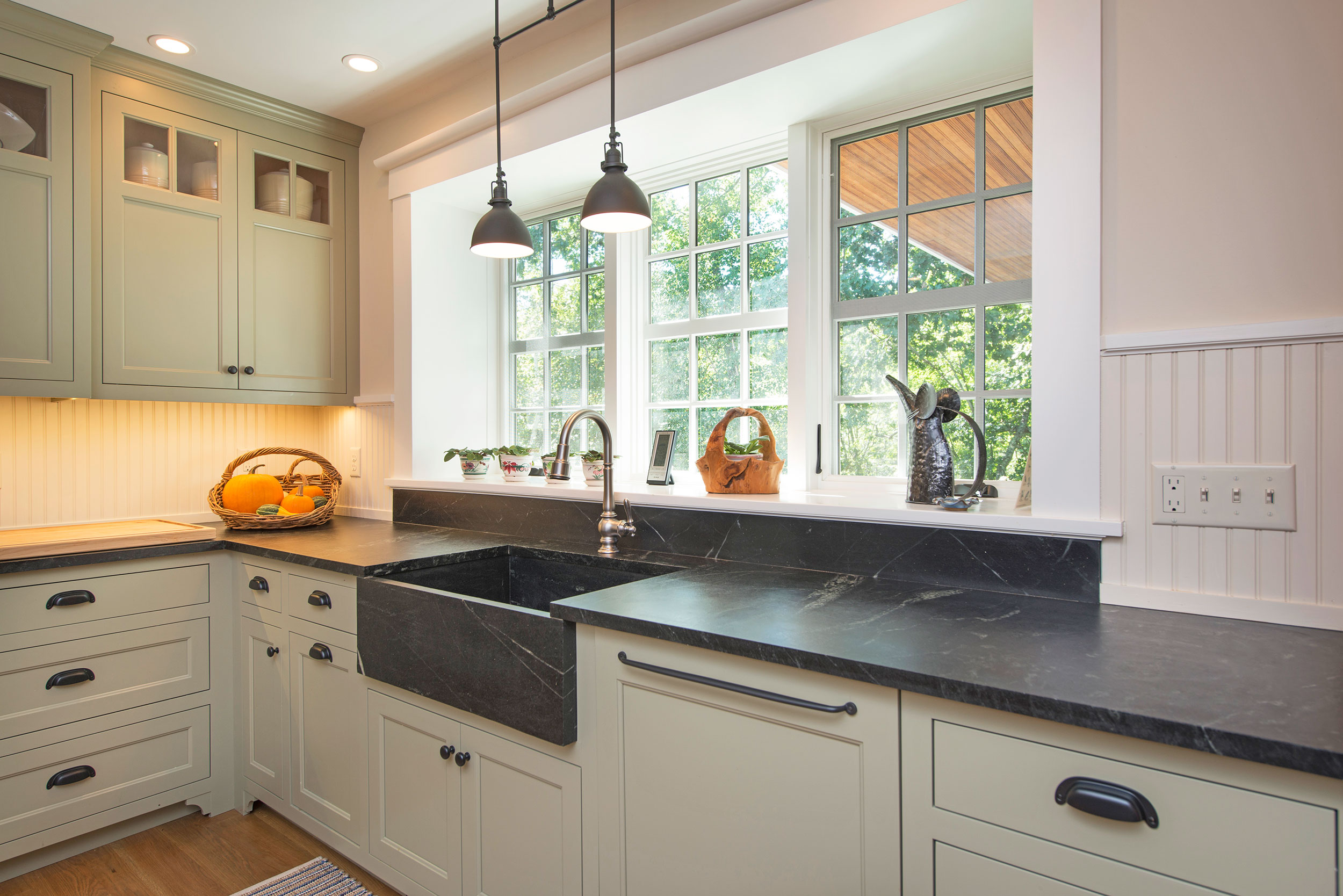


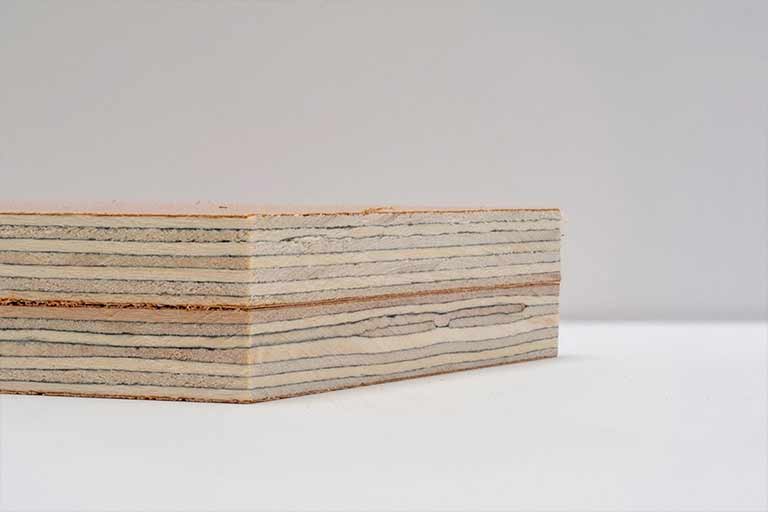










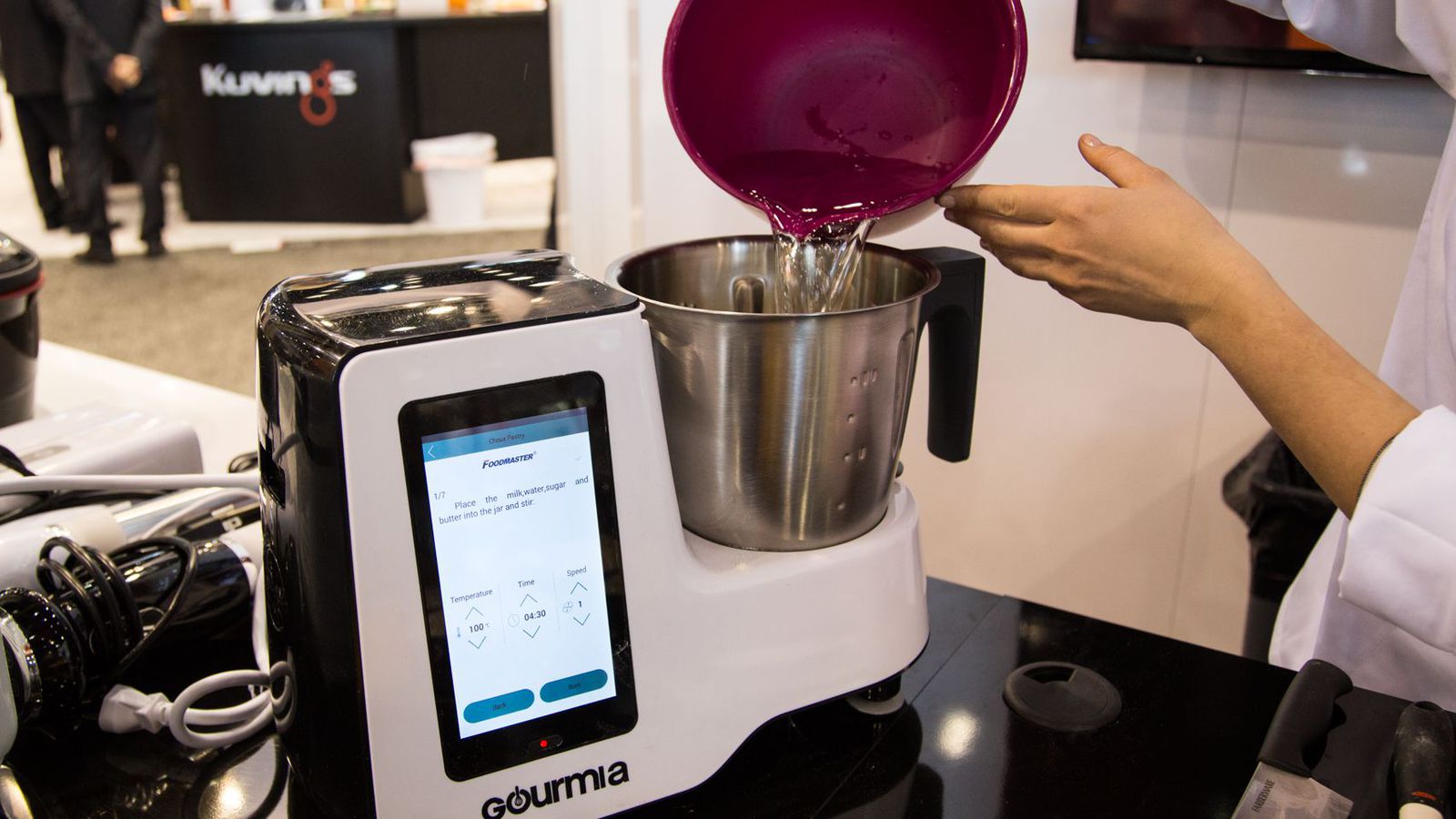
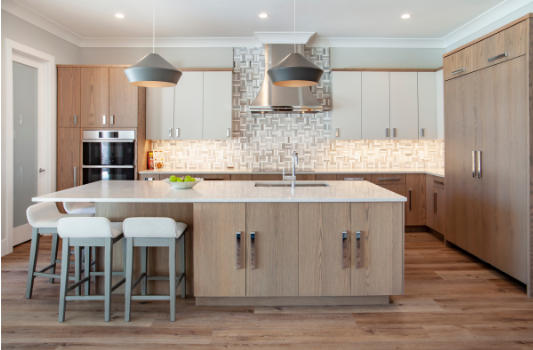

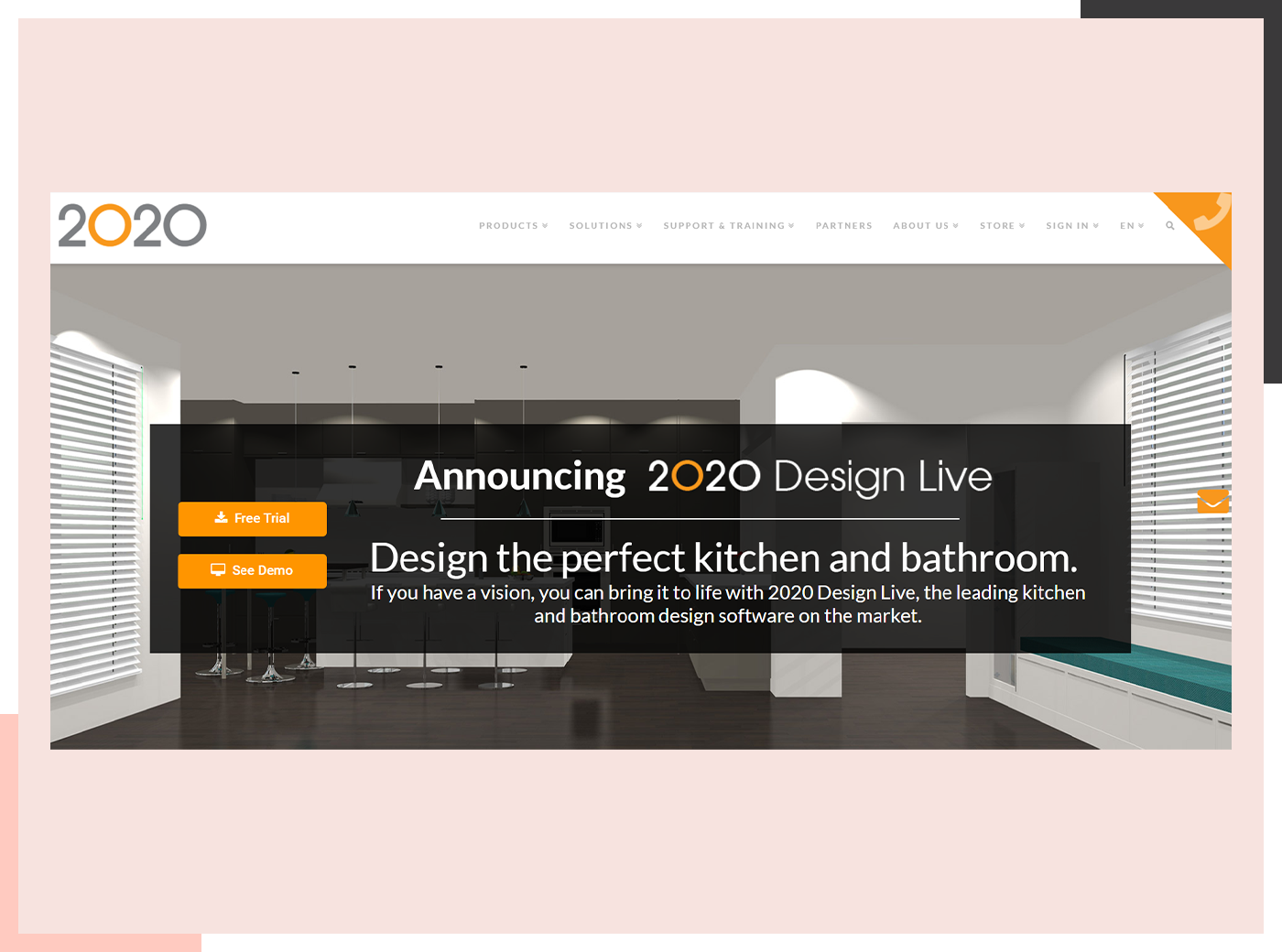
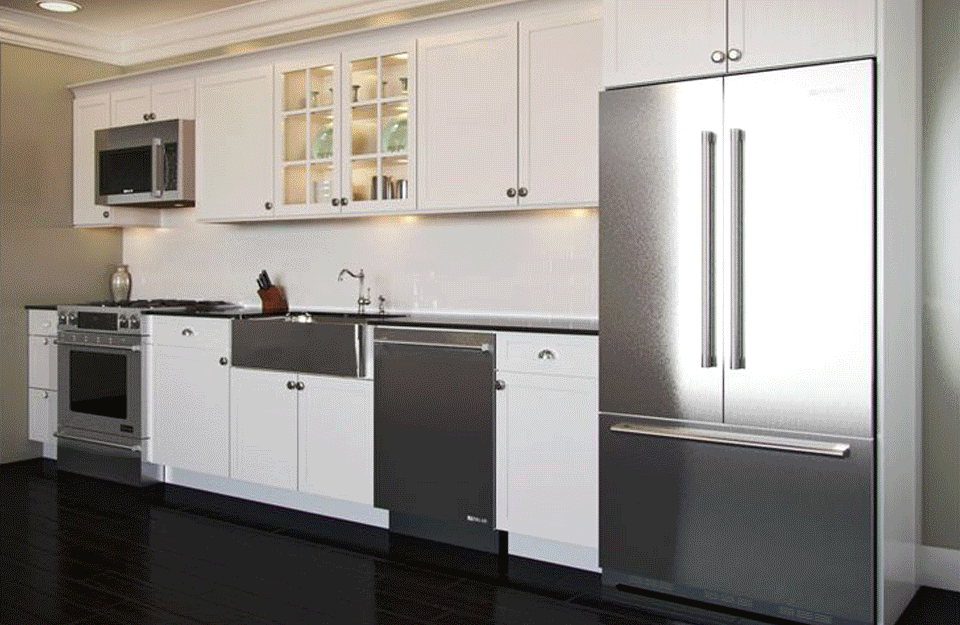






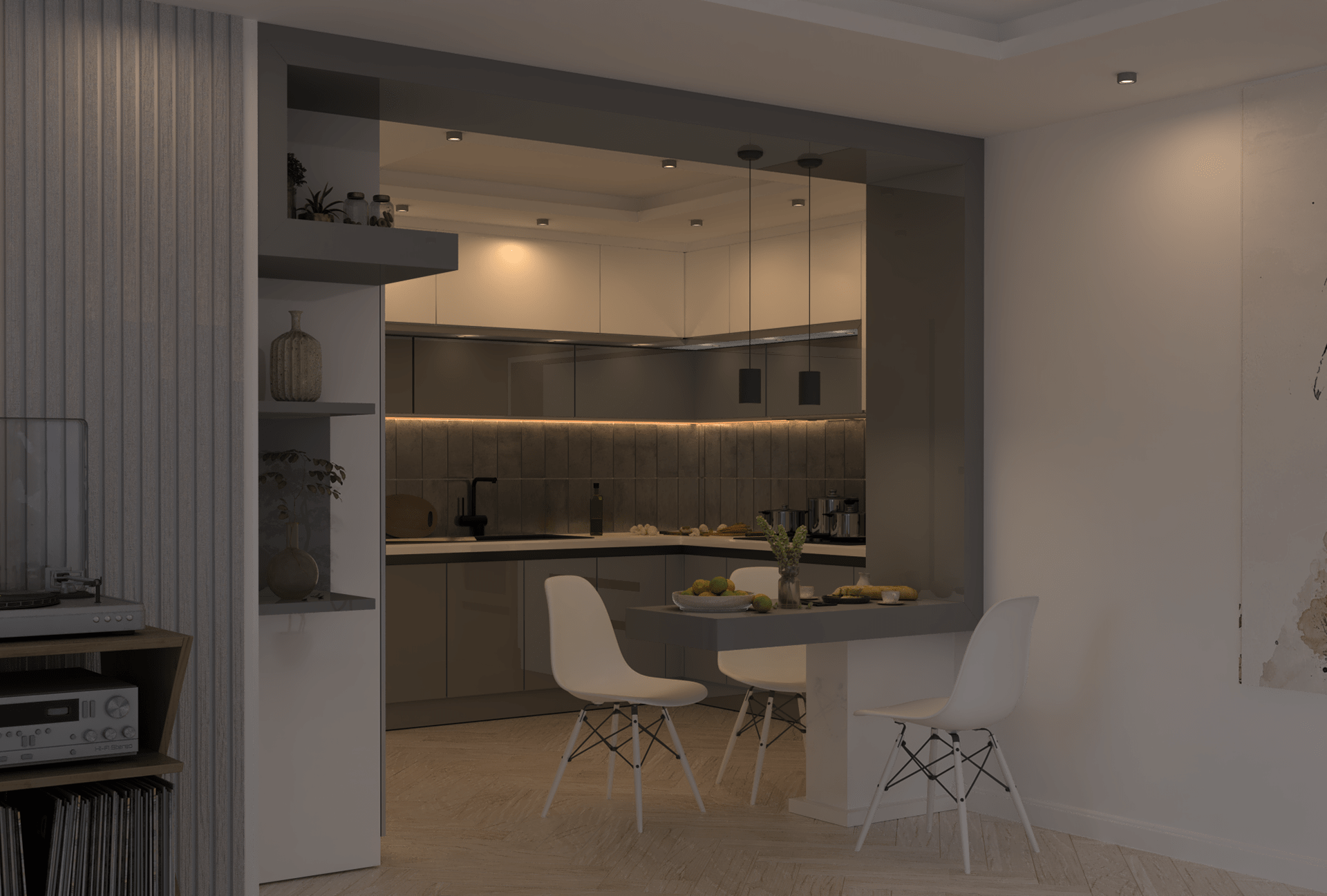



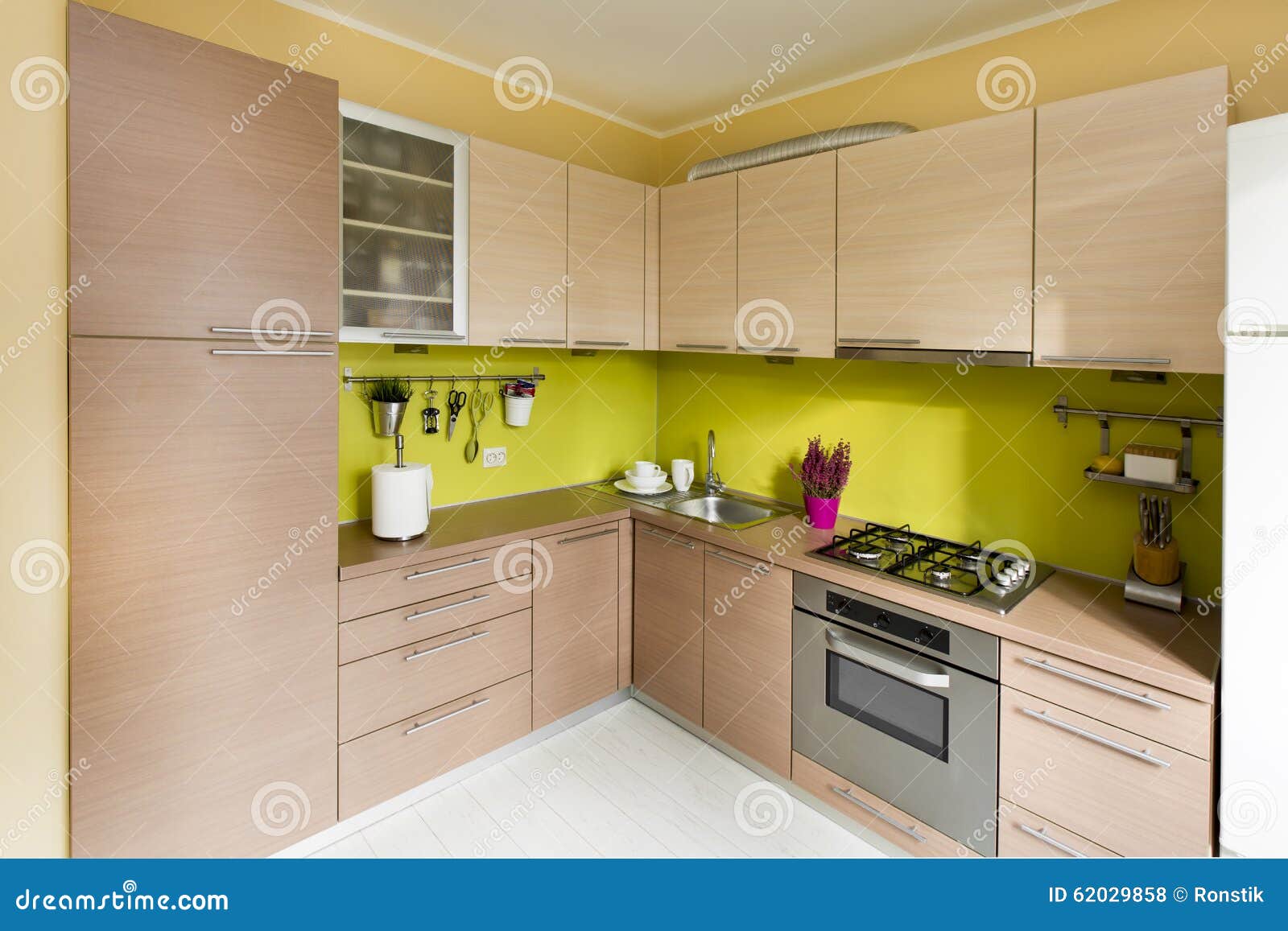

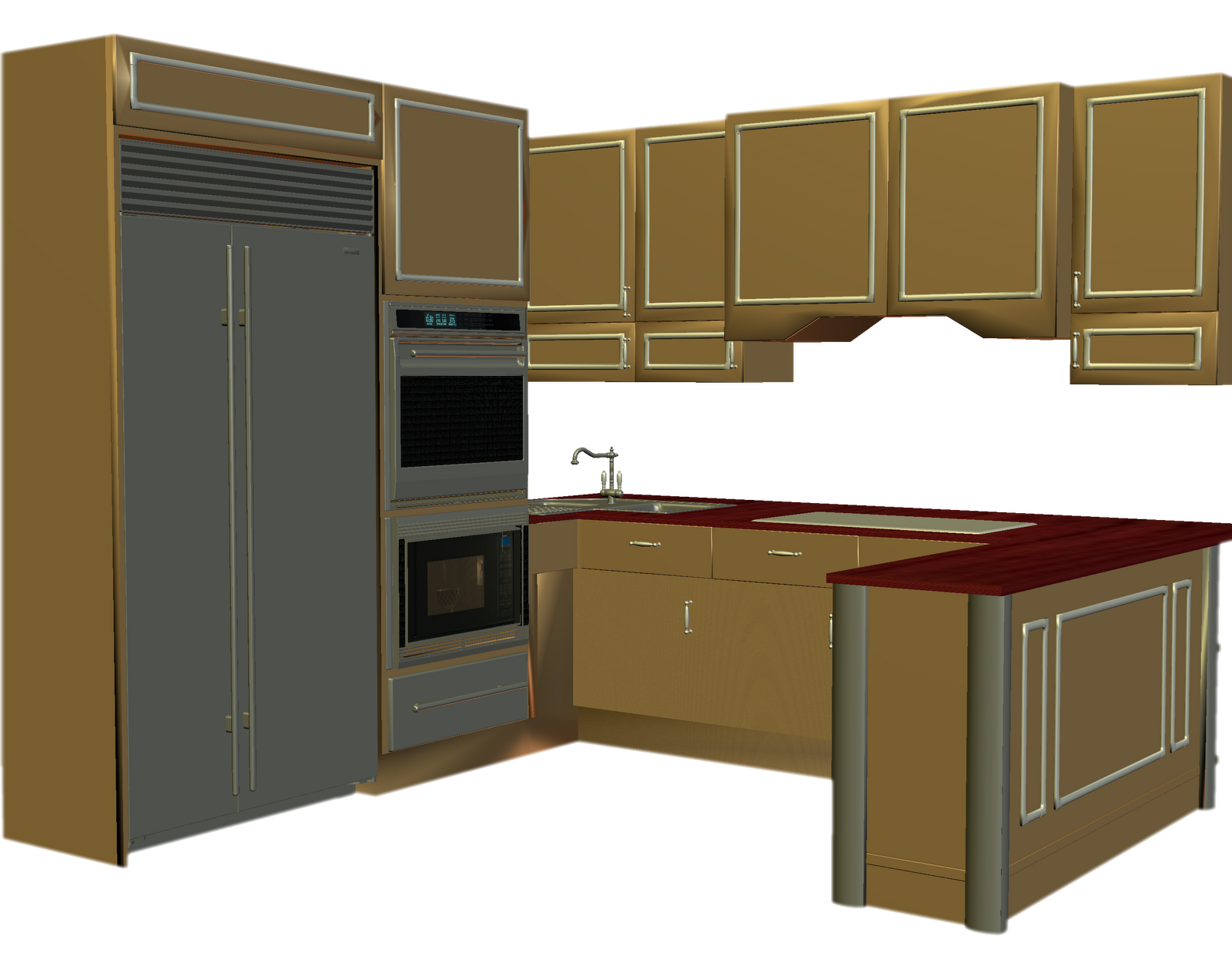



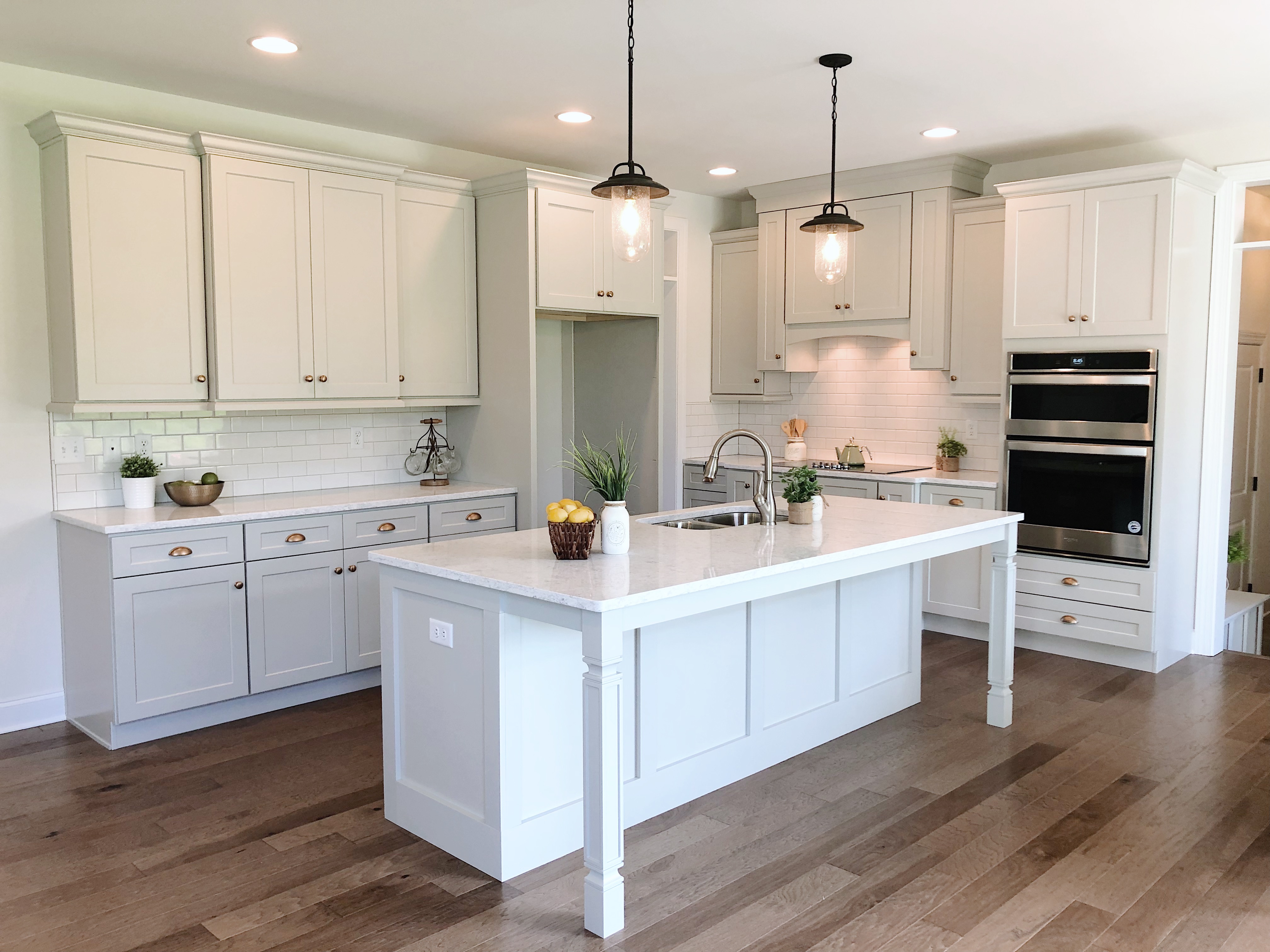
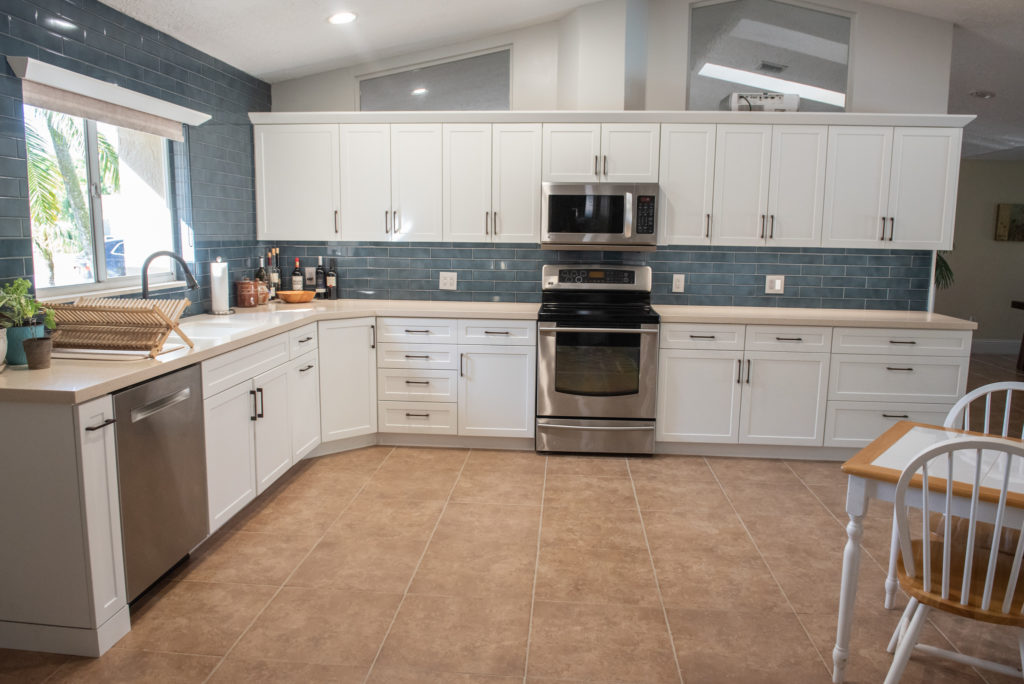
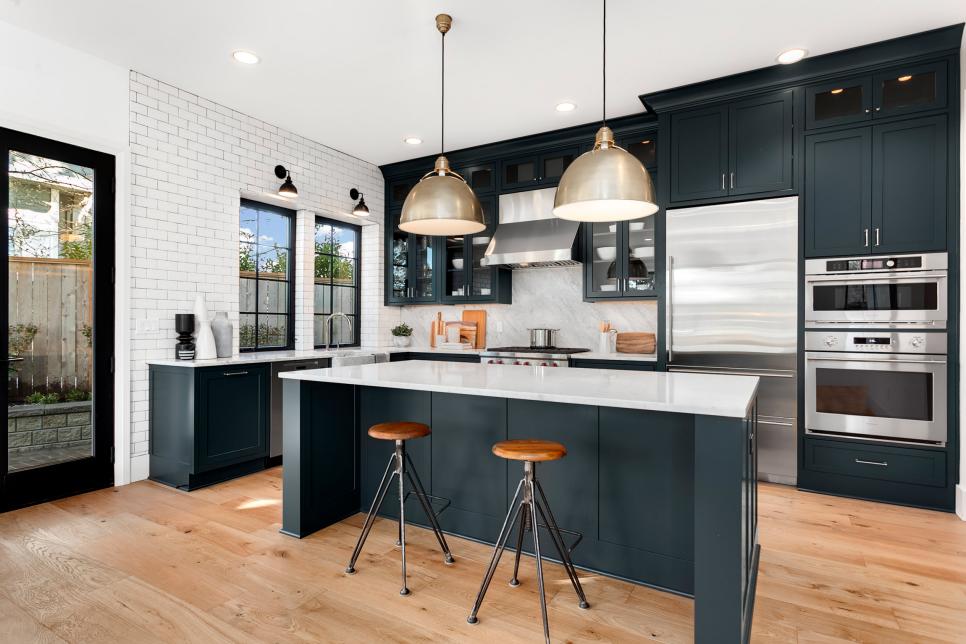
:max_bytes(150000):strip_icc()/kitchensarahbarnarddesign22-895c0db142754d15a66a8b94a331993b.jpg)

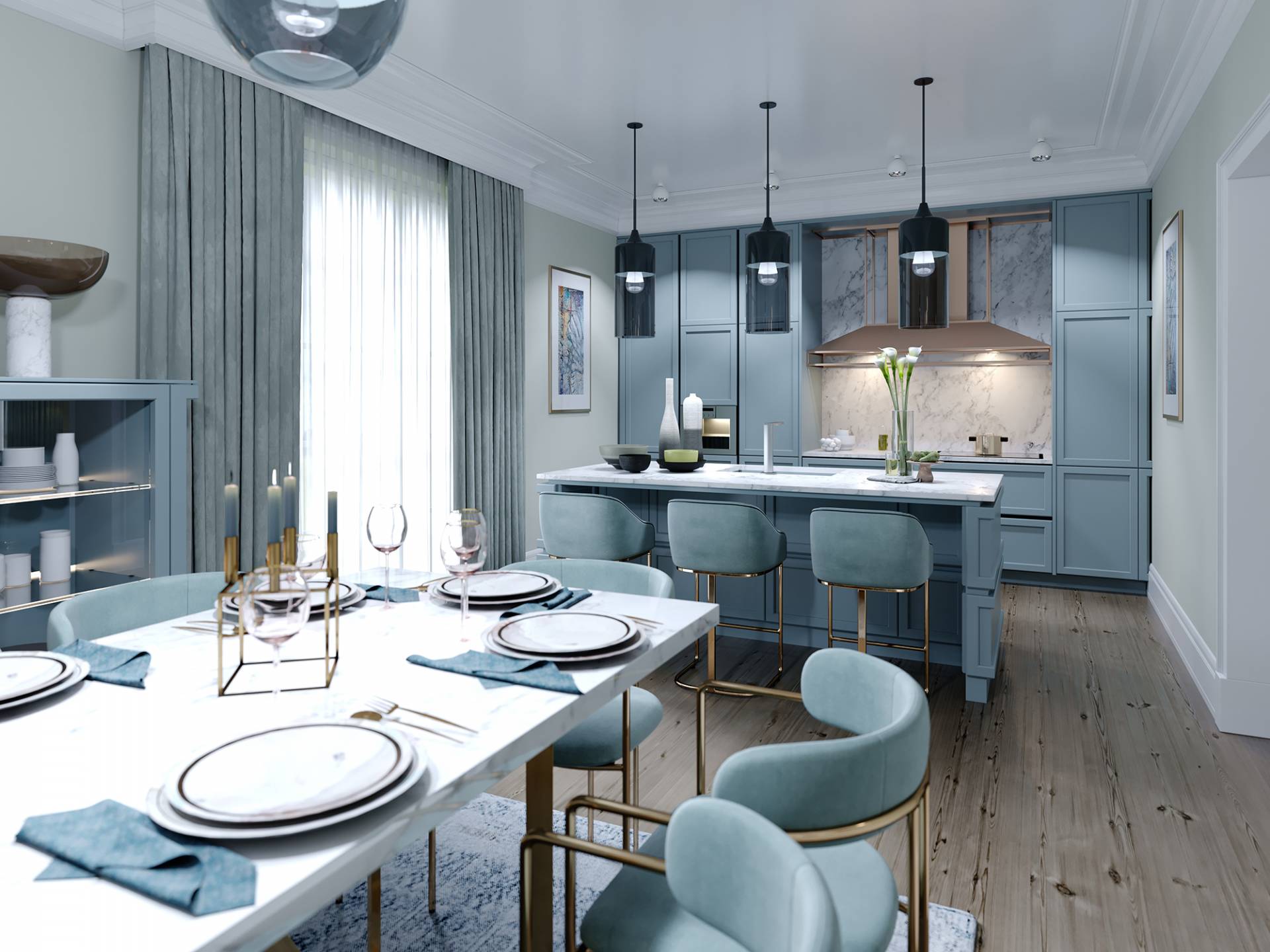

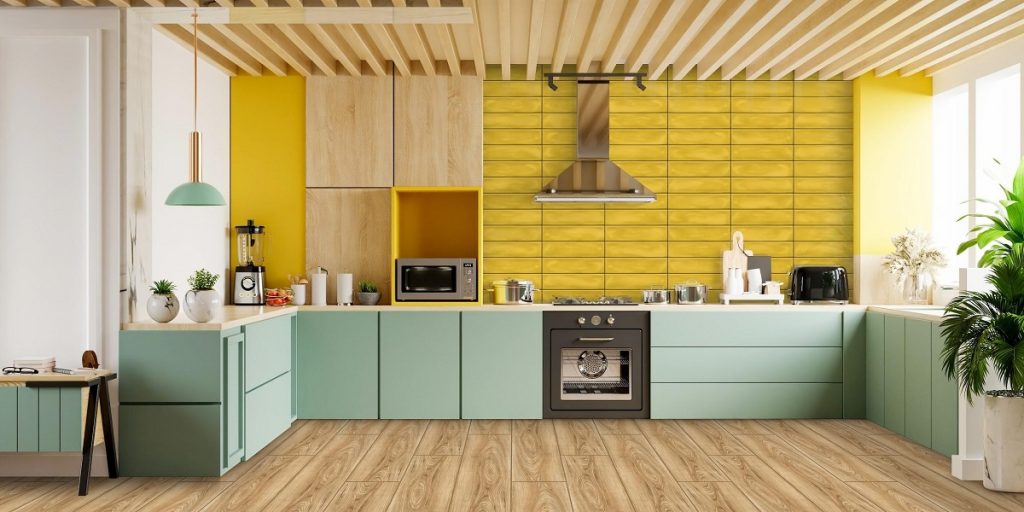

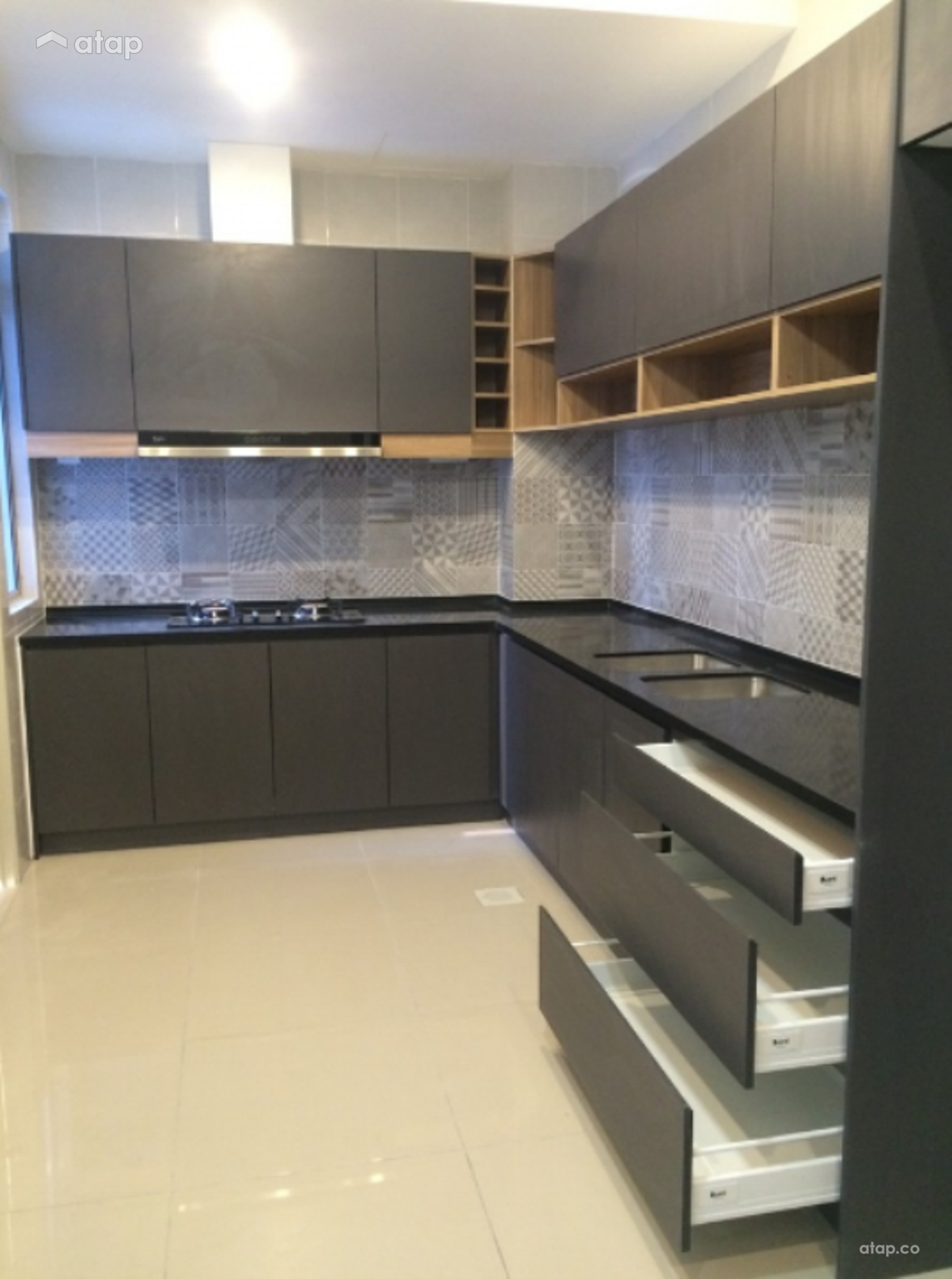

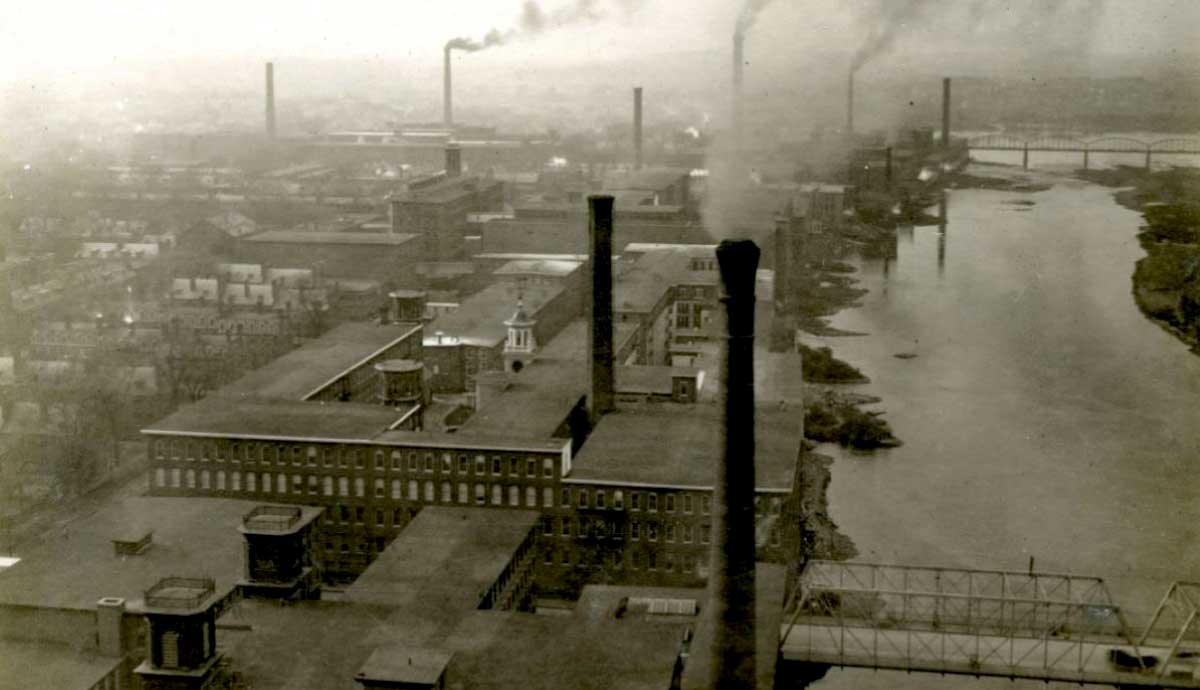








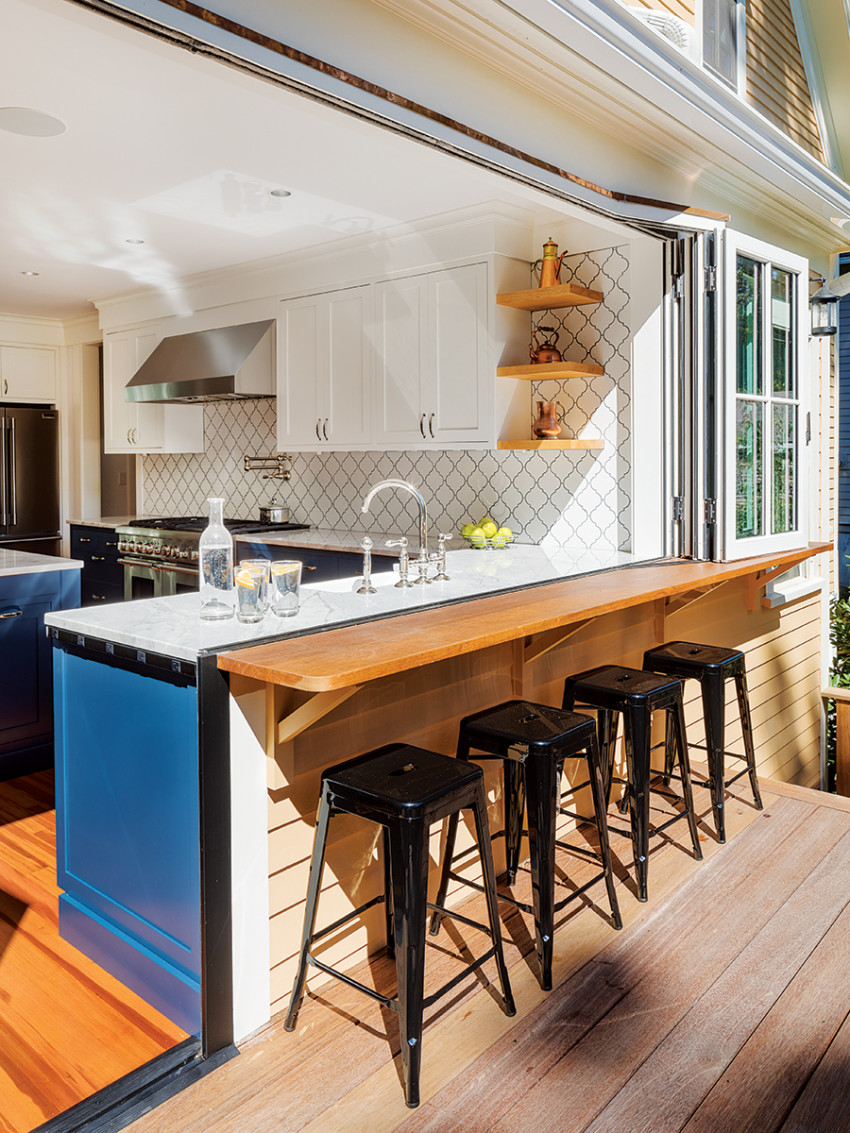


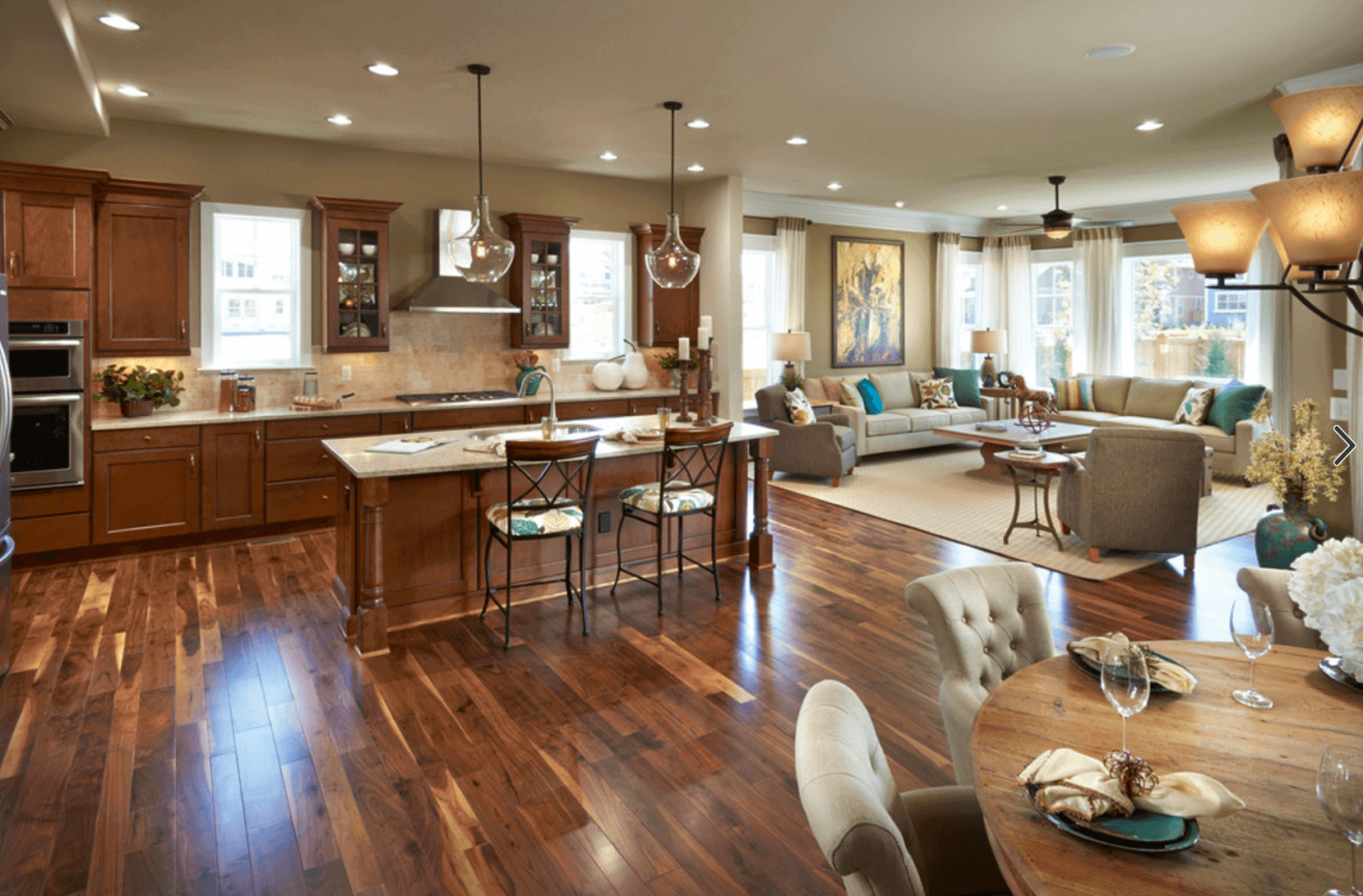
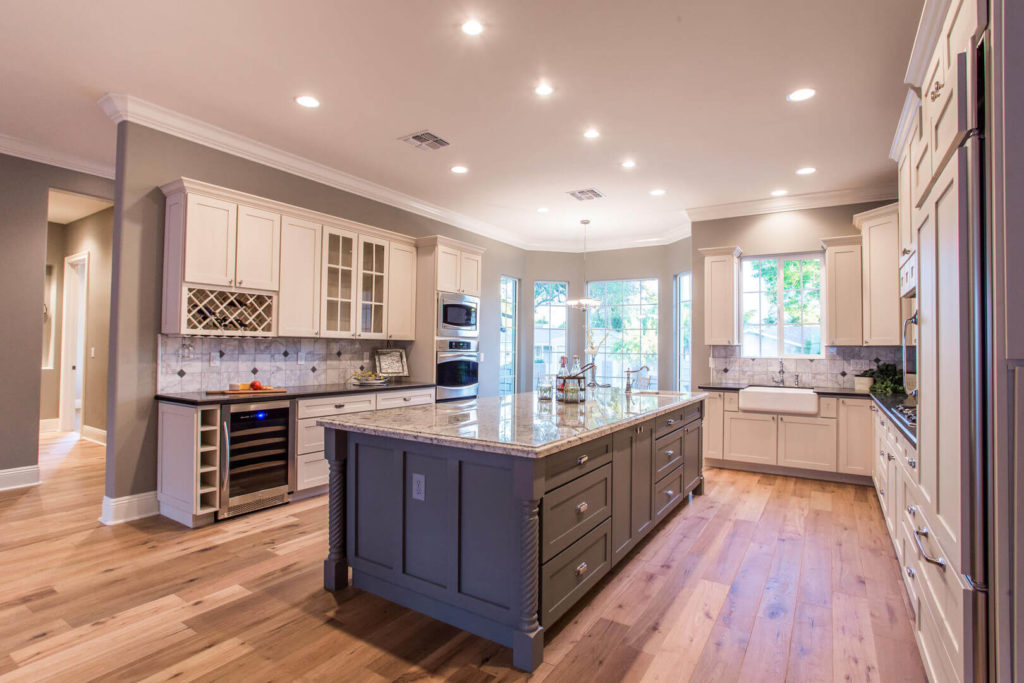

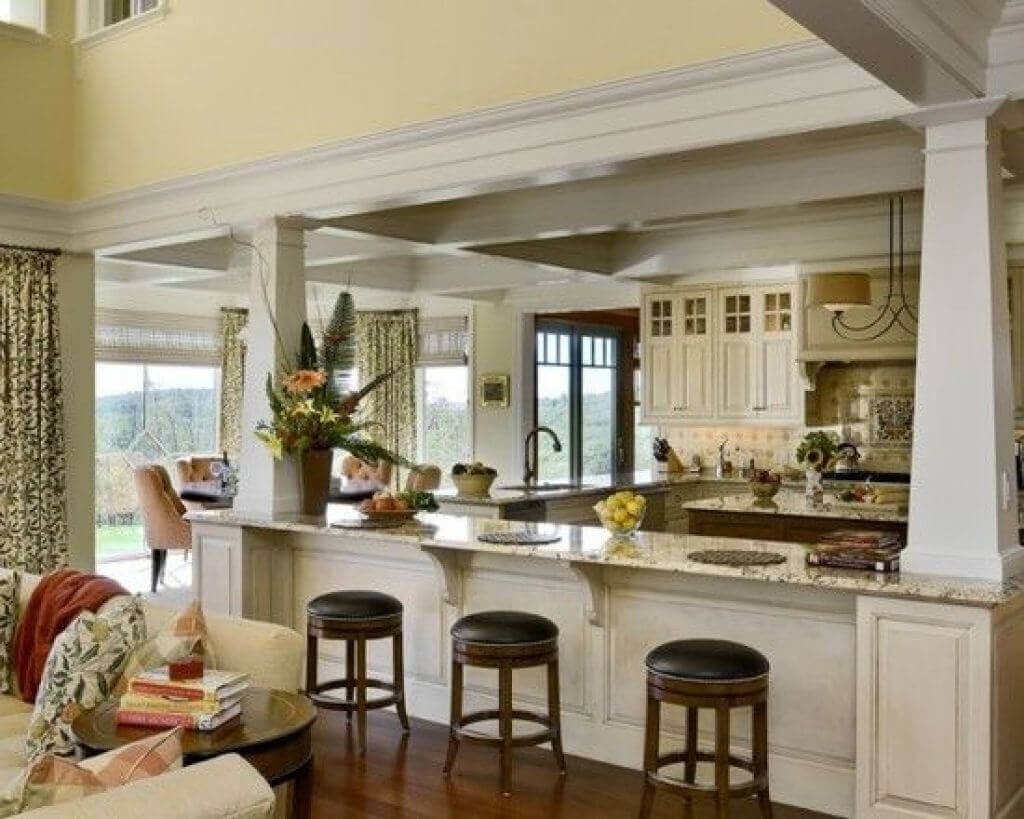
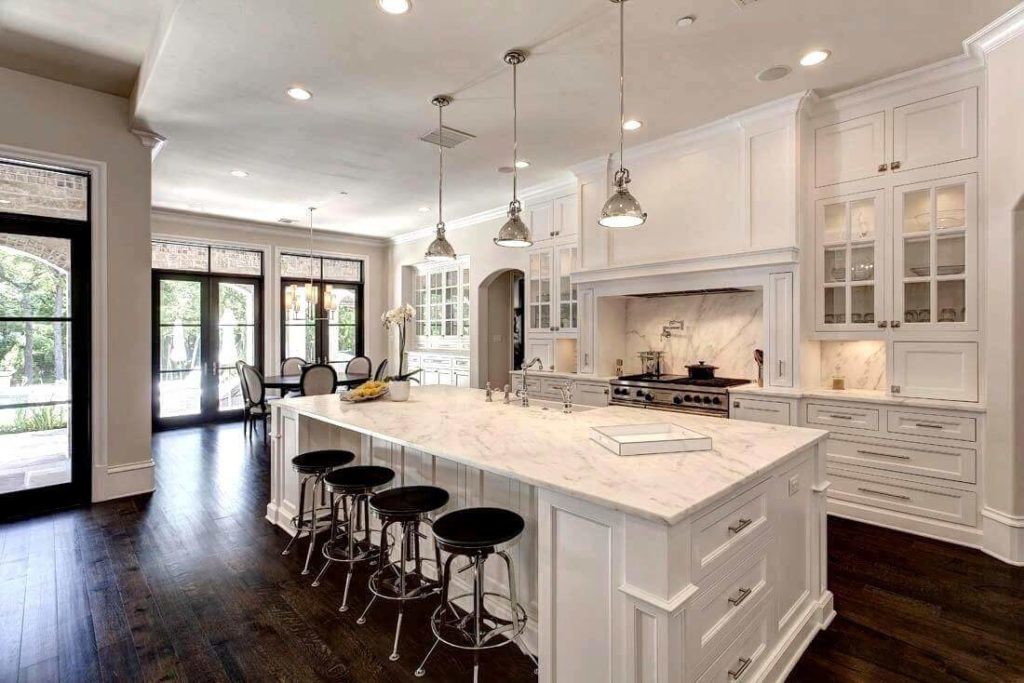
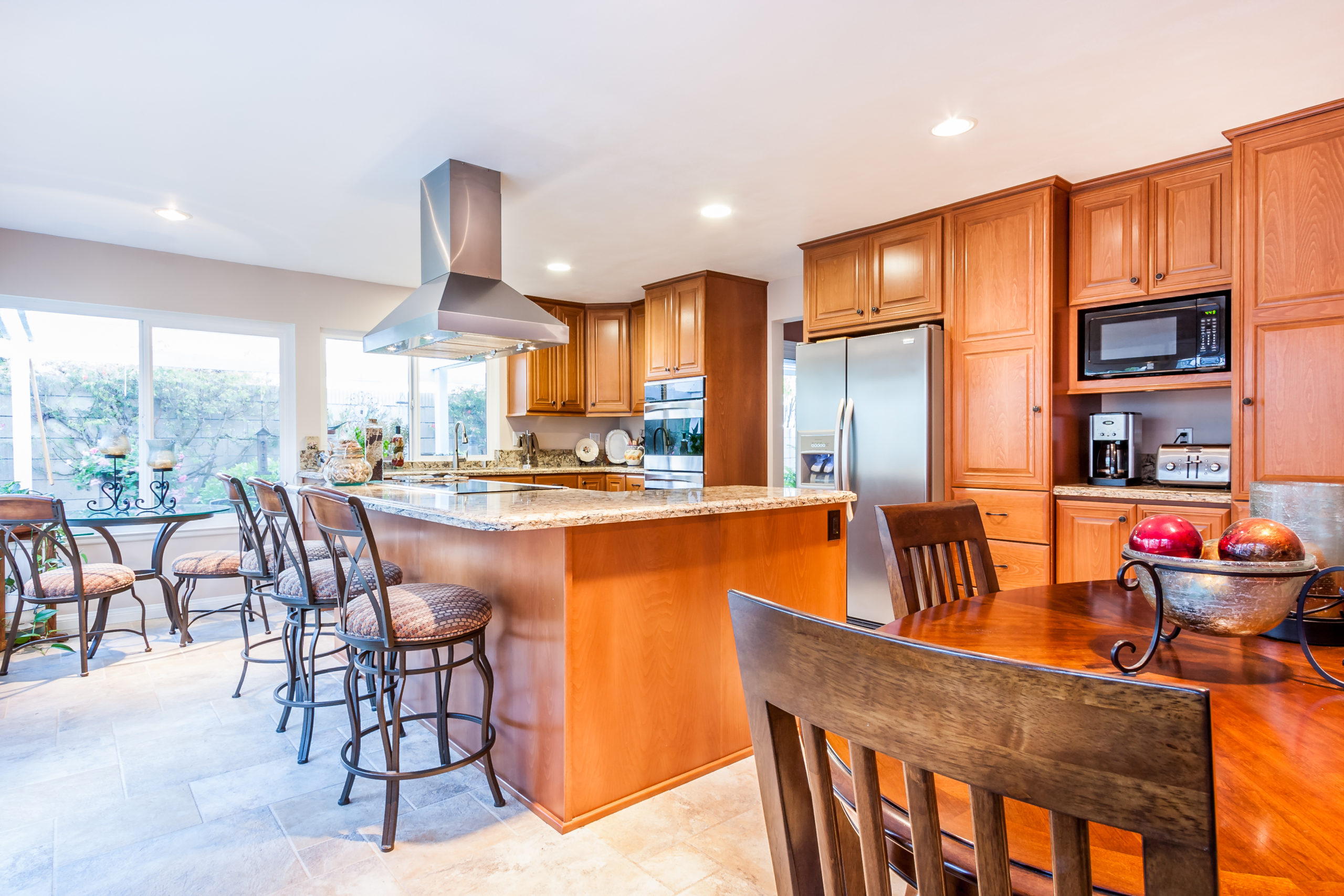
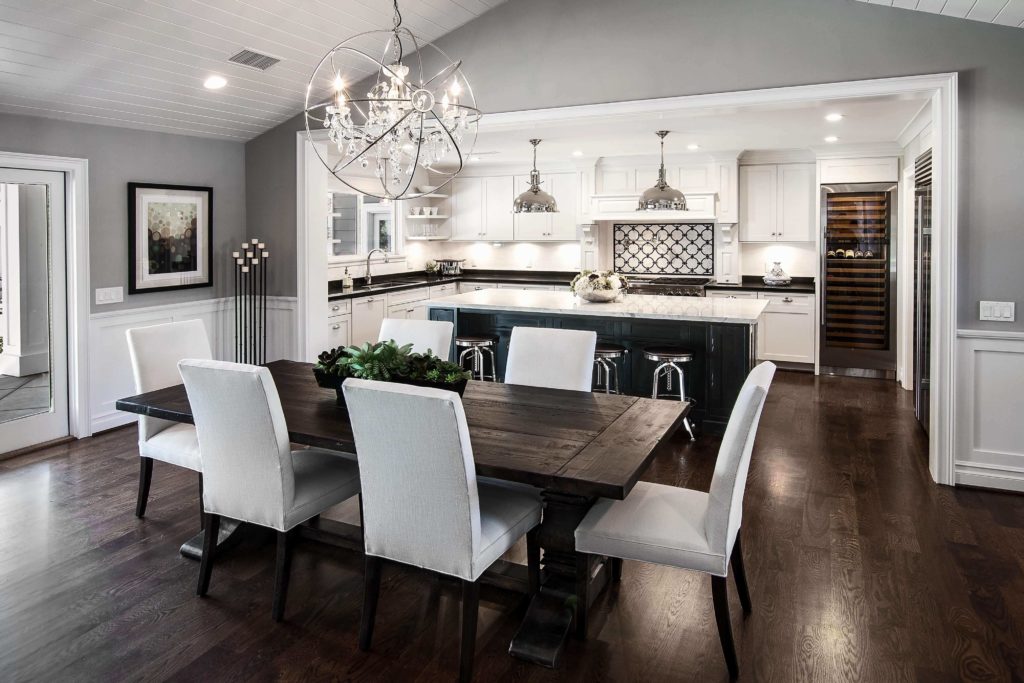
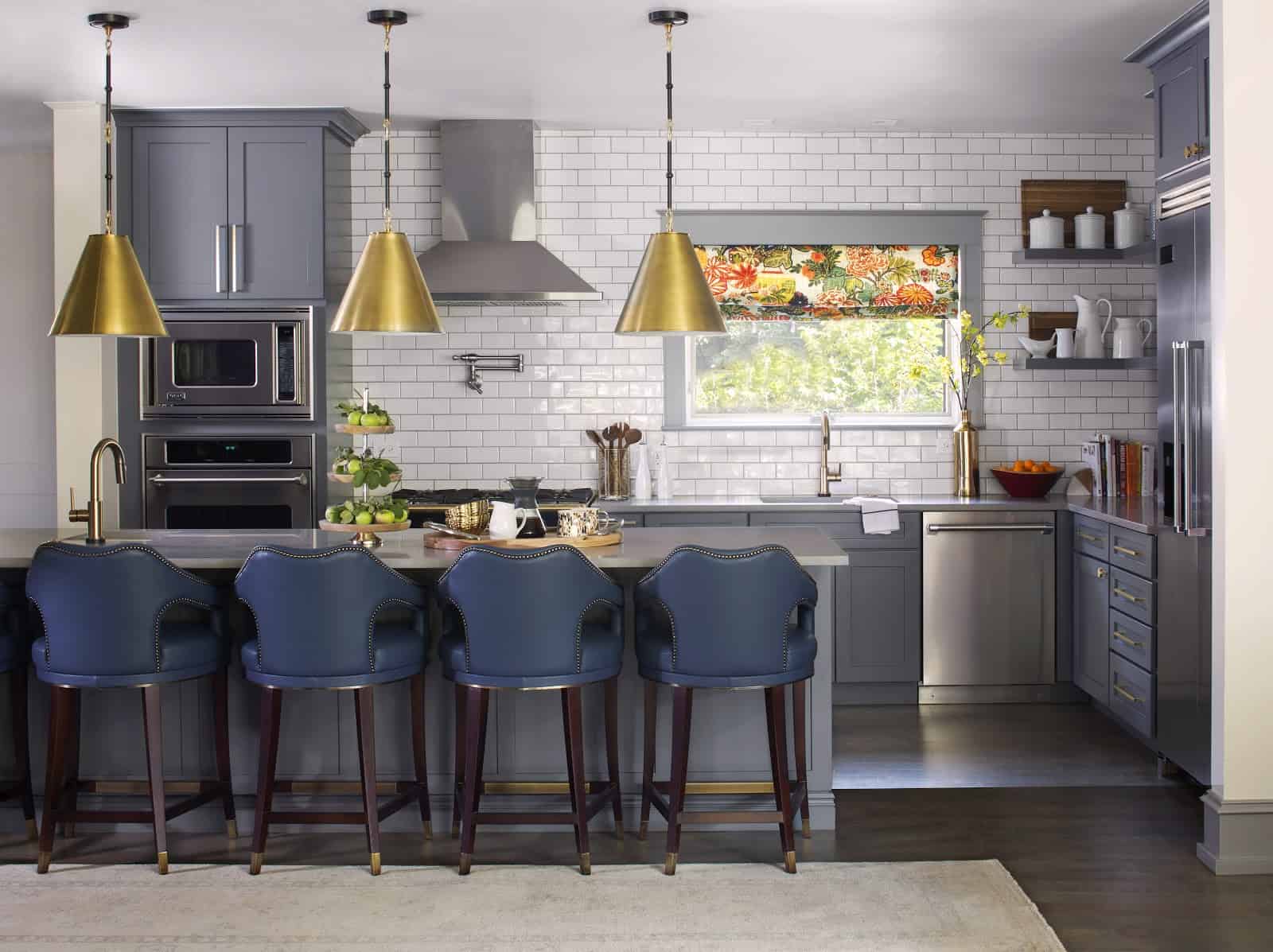
:max_bytes(150000):strip_icc()/af1be3_9960f559a12d41e0a169edadf5a766e7mv2-6888abb774c746bd9eac91e05c0d5355.jpg)
